Hello everyone,
players Rabiesdog and IRSanchez contacted me with a link to their big post made about their trip to military museum in Warsaw (Poland), dedicated to weapons Poland and Polish troops used. The post was excellent (very informative) and with Rabiesdog’s permission, I am going to repost it here (with a bit different formatting). The original post can be found here.
Enjoy!
From here on pics from the Museum and some explanatory text from the info plaquettes.
TS-8 *Bies* Training aircraft
The TS-8 was designed by a construction team led by Dr.Tadeusz Sołtyka at the institute of Aviation in Warsaw. It was designed for total basic flight training, as well as for schooling and training of advanced students including fighter pilot. This was the first post-war plane designed in Poland with a Polish engine and produced in large numbers for military air forces. The initial rest flight of the TS-8 took place in July of 1955 and after anoter 3 years of development, mass procuction of the *Bies * started in the WSK Mielec factory where a total of 250 units were produced. The factory produced models were delivered to Officer Training Schools as well as in various units of the air forces. Beginning with the mid – 1960`s the newer training aircraft TS-11 *Iskra* were introduced and concurrently the TS-8 were withdrawn. Individual examples of the *Bies* were udes as logistical aircraft throughout the 1970`s
TS-11 *Iskra* Training aircraft
The TS-11 was also designed at the Warsaw Institute of Aviation by a construction team led by Dr.Tadeusz Sołtyka and was designed for basic and advanced training of pilots in jet fighters. In February of 190 the first test flights of the TS-11 took place, and in 1964 the WSK Mielec factory produced the first allotment of planes for the Polish Air FOrces. The plane proved to be a continuing source of interest for foreign military specialist and in 1975 a contract was sighed for delivery for 50 *Iskra* planes to India. Mass production of the TS-11 continued inabated untill 1987, and a total of 424 planes where produced in various versions and models. The exhibit in display and numbered 101 was the first model of the first series to be mass produced. This plane served in the OTS of the Polish Air Force in Dęblin and in the 60th Flight Training Regiment in Radom.
PZL-130 Orlik Training Aircraft
Polish combat training aircraft implemented in selective and basic training in the Air Force Officers College. Used also in dipatch flights. Developed by the PZL Warszawa – Okęcie. The prototype mad its air debut in 1984. As a result of further modifications the TC-1 model was equipped with Martin Baker CH.15 A ejection seats. 35 Orlik machines are operated today.
MIG-21 PF Fishbed
The MIG-21 series of fighter aircraft was built in the USSR during the 1950s. These are lightweight interceptor fighters designed for air battle on short and medium distances, also able to fight in difficult atmospheric conditions. Various versions of the MIG-21 were introduced into service in the Polish Armed Force beginning with 1966, and remained the basic fighter planes in POland through the 1980s. 581 MIG-21 of various models where purchased from the USSR. The Mig 21F aircraft is and interceptor equipped with RP-21 saphire radar, with an extended range and not carrying any guns. The model on exhibit served through the early 1990s in the 1st *Warszawa* Air Force Fighter Regiment.
122mm Field Howitzer model 1910/10
The modernized version of the howitzer produced in the Schneider Factory in France and accepted into service by the Russian Army prior to WW1 as the 1910 field howitzer. These guns were mass produced between 1912-17. The production of the 1910 howitzer was continued in the USSR. In 1930 the Perm artillery Factory modernized the gun chassis which incresed the projectile delivery to target. As of October 1, 1936 there were 2 383 howitzers of this type in service in the Soviet Army.
280mm Siege mortar Model 1914 Barrel and transport chassis
Built by the Schneider factory in France, the basic assignement of the 1914 mortar was ti destroy heavily fortified enemy positions, including permanent steel fortifications. The mortar was transported to firing positions after having been disassembled into several component parts. During WW1 this mortar ws produced by Schneider for the French as well as the Russian Army. A total of 26 mortars were delivered to Russia during the period 1915-17. A number of them were later used by the Soviet Army and were utilized in the Winter War with Finland in 1939-40.
75mm Field gun model 1912
First built by the Schneider Factory in France this gun was introduced in to the French Ary, Horse Artillery and used the designation Canon de 75 Modéle 1912. During WW1 guns of this type were replaced in combat units by the standard field gun model 1897. The 1912 guns were also used by the Serbian army. The model on exhibit here was produced in the Schneider Factory in Creusot, France in 1913.
75mm Field gun model 1914
Built by the Schneider Factory in France it was introduced to the French army in the Horse Artillery and was designated as the Canon de Modéle 1914. The model exhibited here was produced in the Schneider Factory in Creusot in France 1915.
155mm model 1917 Field Howitzer
This howitzer was built by hte French Schneider Company during WW1. The initial delivery of howitzers of this tupe to Poland took place in mid- 1919 and the guns were used in combat afainst the Red Amy, including the struggle known as ´Battle of Warsaw´in August 1920. There were still 206 pieces of M.1917 field howitzers in service with the Polish Armed Forces in October of that year. During the inter-world war years the M.1917 field howitzer were used to equip Polish heavy artillery battalions, whose size was reduced to heavy artillery battalions after the Polish Army reorganization that occured in the 1930s. There were still 340 howitzers of this type in service with the Polish Armed Forces in September 1939. The M.1917 field howitzers wre used also by the heavy artiller regiments of Polish 1st Grenadier Division and the Polish 2nd Foot Rifle Division that fought during the French Campaign in June 1940.
IS-2 Heavy Tank
Production of the IS (Joseph Stalin – IS) started in 1943 and tanks of this type served in the Soviet Army in fighting large tanks and motorized guns, assisted the medium tanks in te assaults and worked in conjunction with the infantry in destroying well-fortified opponents. A total of more than 3 850 units were produced. The IS-2 tanks served in the 4th and 5th Heavy Tank regiments assigned to the 1st and 2nd Armies of General Berling`s Forces and fought with them during battles in the waning months of WW2. The 1st POlish Army in the USSR received 71 tanks od this type during the period October, 1944 through April, 1945. After the war the IS-2 tanks remained in service through the end of the 1950`s. The model on exhibit served during WW2 in the 4th Heavy Tank Regiment of the 1st Polish Army.
*Sexton* MK.2 Motorized Gun
The *Sexton* MK.2 motorized gun was developed for the British but built in Canada using the chassis of the *RAM* tank with an open topped superstructure mounted on it., and using a British Howitzer of 87.6 mm caliber. During the the years 1943-45 a total of 2 150 *Setons* were produced in Canada, and they became the standard armor for motorized artillery regiments in both British and Canadian armored forces. The first unit of the Polish Armed forces in the West which was equipped with the motorized *Sexton* was the 1st Motorized Artillery Regiment which was assigned to the 1st Armored Division. The 7th Artillery Horse Regiment, which was assigned to the 2nd Warsaw armored Division (formed shortly prior to the war’s end), was another unit which also used this gun. An estimated 60-80 *Sextons* were in use in Polish Army units. The gun on exhibition carries the marking of the 1st Motorized Artillery Regiment of the 1st Armored Division.
Sherman M4A1 Tank
The Polish Army did not use the *Grizzly*, the Canadian version of the Sherman M4 A1 tank. The Polish 1st Armored Division used the Sherman V (M4 A4 with 75mm cannon and the Firefly version (Sherman Vc). At a later period, the unit was supplied with the Sherman IIA (MA1 (W) 76mm.). General W.Anders’ Polish II Corps fought in the Sherman M4 A2 (Sherman III) whit the Carpathian Ułan Regiment, created in 1945 from the 2nd Armored Division also received the Sherman II (M4 A1). The Sherman tank was the most commonly used tank in the U.S Army, over 45 000 units where produced. During the period of 1942-1973, it was used by various armies in the world. This example, serial nr. 160.252 is the Canadian version of the M4A1 *Grizzly. Only 188 were produced. They were manufactured in the Montreal Locomotive Company between September and December of 1943.
T-34 Medium Tank
This was the standard medium tank of the Soviet Army During WW2. Mass production of the T-34 began in 1940. During the course of its´ production as series of improvements was introduced, including armaments, engine and the steering system. During the period of 1940-44 some 35 000 T34s armed with 76 mm guns were produced in the Soviet Union. The 1st Tank regiment of General Berling´s Army (which was incorporated into the Heroes of Westerplatte 1st Armored Brigade in August) received T-34s in July of 1943. By January of 1945 various units of General Berling´s Army had received a total of 118 T-34 tanks.The model on exhibit was produced in Factory Nr.112 in Gorky and served during the 1943-45 (together with other vehicles) in the 1st Tank Regiment (later the 1st Battalion) of the Heroes of Westerplatte 1st Armored Brigade covering the battle route form Sielc to Gdańsk.
Medium tank T-34-85M
In 1943 an improved version of the T-34 was developed in the USSR in which larger guns were mounted in the newer vehicles, the larger turrets had 85mm guns replacing the 76.2mm guns which had been previously used. The first T34-85 tanks entered into service in Polish units. By 1951 a licensing agreement allowed for mass production of the T-34-85 in Poland. When the license expired in 1955, a total of 1 400 tanks had been produced in Poland, however m as a result of improvements during production they were referred to as the T-34-85M in the Polish Army. The T-34-85-M was withdrawn from service in the armored units beginning in the early 1960s, and were replaced by the newer T54 and T-55 tanks.
JagdPanzer 38(T) *Hetzer*
This Hetzer was developed in 1943, in the BMM pland in Prague, at the behest of the Wehrmacht Command. It was there that mass productions started in April of 1944. By July of that year the gun was also produced in Skoda Plants. The result was that by wars end a total of 2 584 guns were produced. These tanks destroyers continued to be produced in Chechoslovakia after the end of hostilities. The *Hetzer* was called the ST-1 in the Chechoslovak Army and in the version which was solt to hte Seiss Army it was named the G-13. One *Hetzer* was captured on August 2, 1944 during the Warsaw Uprising, by insurgent fighters od the *Kiliński* Battalion of the Armia Krajowa working together with the Defense Unit of the Military Printing House (Insurgent printing plant). Initially the *Hetzer* served as part of the barricades in Szpitalna Street. Later, however, it was repaired and christened *Chwat*, it defended the terrain of the Main Post Office. The exhibited model most propably served in the 73rd Infantry Division of the Wehrmacht and was blown up by its German crew on January 17,1945 near Błonie during the Nazi retreat.
Motorized Howitzer SU-76M
The lightweight anti-armor howitzer SU-76 ws designed to support infantry troops and was built in the Soviet Union in 1942. Mass production during 1943-45 involved a modernized version named the SU-76M and during WW2 over 12 000 guns of this type were built. beginning in 1944 the SU-76M served in units of General Berling’s Army fighting on the Eastern Front. Vehicles like this formed the armament of the anti-armor artillery units found in eight infantry divisions as well as in the 27th Sudeten Artillery Motorized Regiment of the 1st Armored Corps. After WW2 the SU-76M remained in service in infantry support sub-units until the mid-1950s.
Medium tank T-55AMS
The T-55AMS tanks is a variant of the Polish produced T-55AM, which in turn was an improved version of the T-55A tank, produced on a licensing agreement. The T-55AMS was brought into service in the Polish Army of the People’s Republic of Poland in the mid 1980s, it is similar to the T-55AM in that it is supplied with the “Merida” fire control system (including a laser rangefinder and digital ballistic calculations), the “Dobrawa” laser radiation detection system and the “ERB” smoke grenade launcher. Additionally T-55AMS tanks are equipped such as the KMT-5 engineering equipment such as the KMT-5 (for crossing minefields) and the USCz-5 (an earh-mover) used inr mine-clearing oprations. Each tank company was comprised of 10 combat vehicles: 1 T-55AD2M (commander’s version), 6 T-55AM as well as 3 T-55AMSs.
T-55U Medium Tank
Poland had purchased a licensing agreement from the USSR in 1956, and it was then that mass production of the T-54A began. During the license period a number of modifications were introduced which improved the vehicle’s operation, i.e. the tanks were modified in production to serve in deep fording of up to 5,5 meters; there was a significant increase in maximum range, additionaly a hydraulically assisted clutch and planetary transmission. These tanks were identified as the T-54AM. When the moder T-55A tanks entered into licensed production in 1964 a decision was made to improve the t-54 and bring it up to the standard of the T-55A tanks. The improved vehicles were then indentified as the T-55U.
PT-76 Amphibious Reconnaissance Tank
The tank was used by reconnaissance units od the armored and mechanized forces of the Soviet Army. In the mid 1950s theses tanks were purchased for use in the Army of the People’s Republic of Poland. In Poland, they were somewhat modified in that a heavy machine gun, 12,7mm DShK was mounted on the turret. The PT-76 tank was used by various units including the 7th Lusatian Seaborne Assault Division referred to as the “Blue Berets”; it was withdrawn from service in the Polish Army in the mid 1990s.
ZSU-57-2 Self Propelled Anti-Aircraft Cannon
This vehicle was designated in the USSR in the early 1950s. The structural elements of the T-54 tank were utilized, thus the tanks hull was surmounted with a revolving turret armored with two 57mm S-68 gnus using a mechanical computing sight with an optical reflex for improved sighting capability. This vehicle was designed to counter sub-sonic combat aircraft flying no higher than 4 000 meters. The ZSU-57-2 was used in the Armed Forces of the People’s Republic of Poland beginning with the mid 1950s. However, by the late 1960s they were replaced by newer self propelled guns, model ZSU-23-4.
122mm motorized Howitzer 251 *Gożdzik*
The 251 howitzer `Carnation´was introduced into the service in the Polish Army of the People´s Republic of Poland in the 1970s. It continues in service as the standard gun in artillery units., modified to accept high explosive fragmentation (HE-Frag) shells weighing 21.76 kg., high explosive anti-tank (HEAT) shells weighing 18.2 kg, as well as illuminating and smoke shells. The 251 howitzer is designed primarly for a medium fire role in destroying sources of enemy fire, command positions, field fortification, etc as well as direct fire on armored positions. First developed in the USSR, the 251 Howitzer was produced in Poland, during the years 1984-94, on a licensing agreement. The model on exhibit was donated to the Polish Military Museum by the Stalowa Wola Foundry S.A in May of 1996.

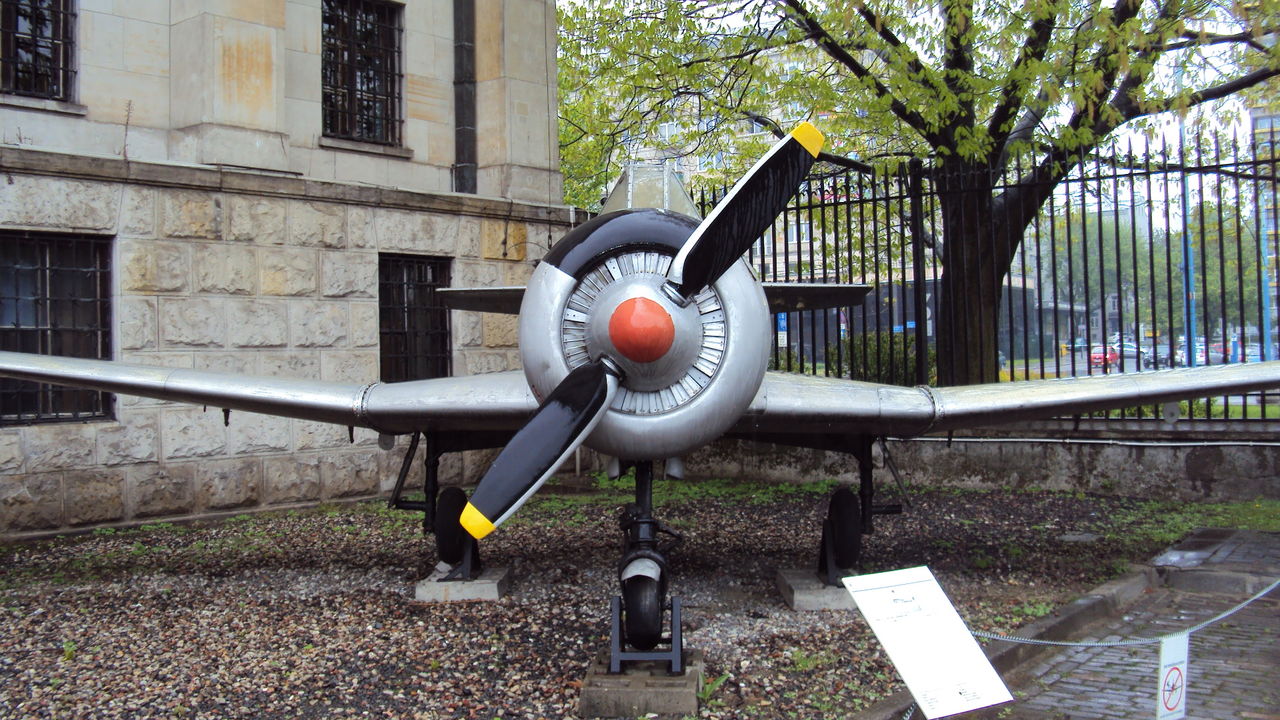
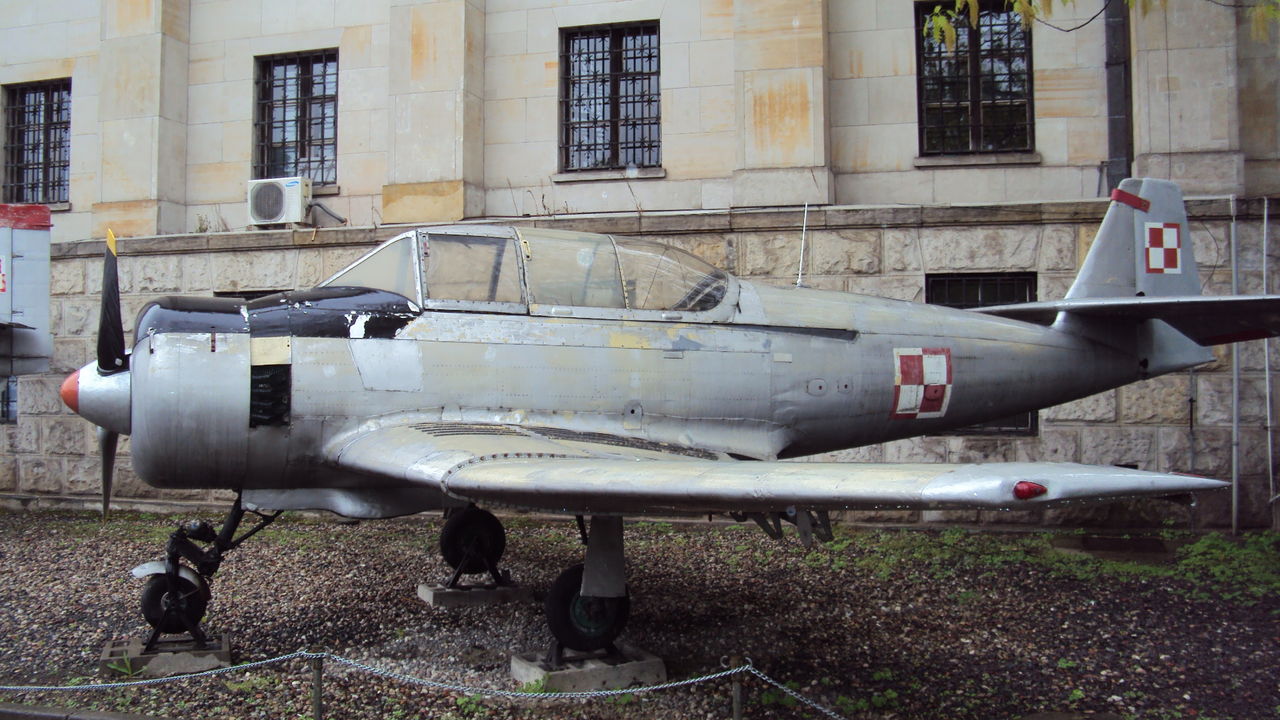
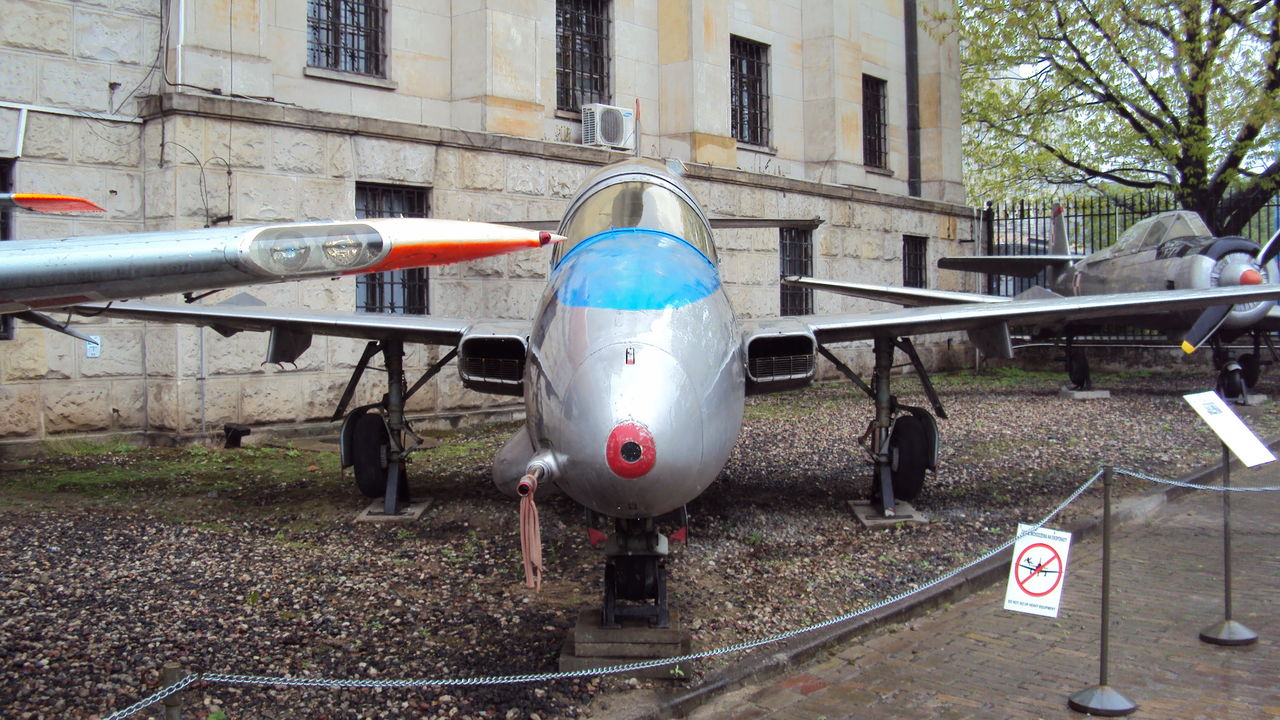
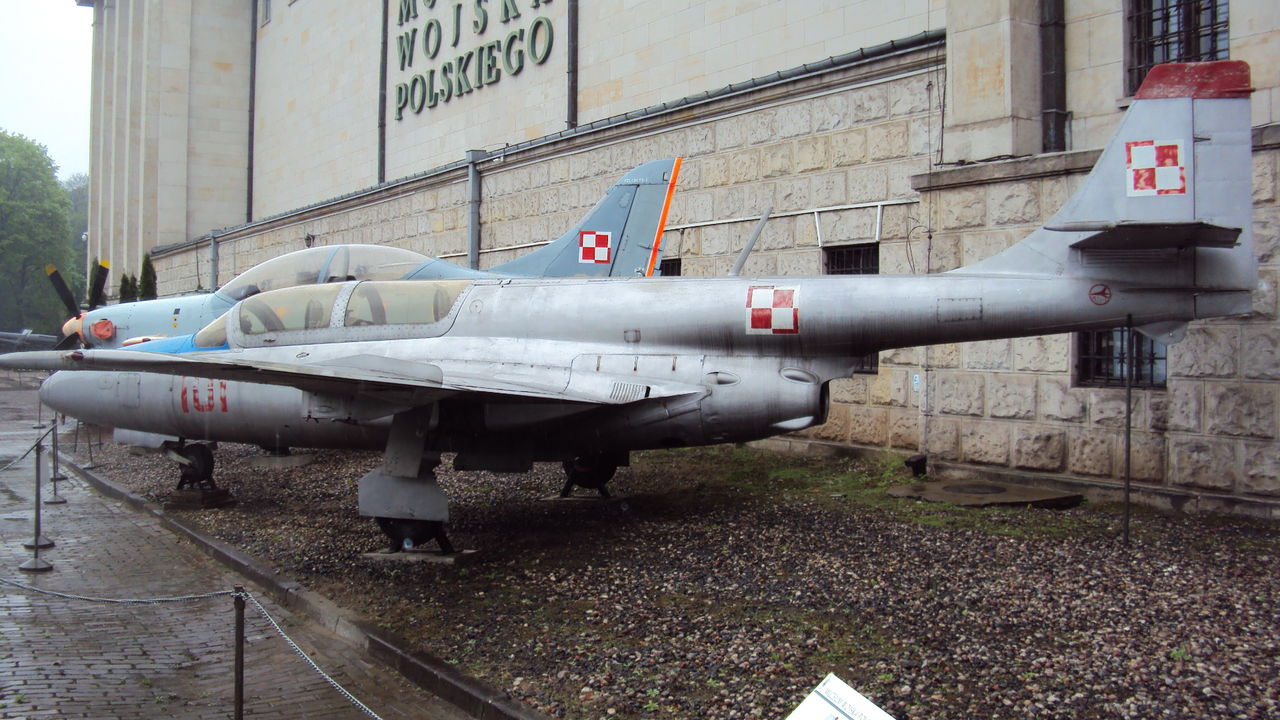
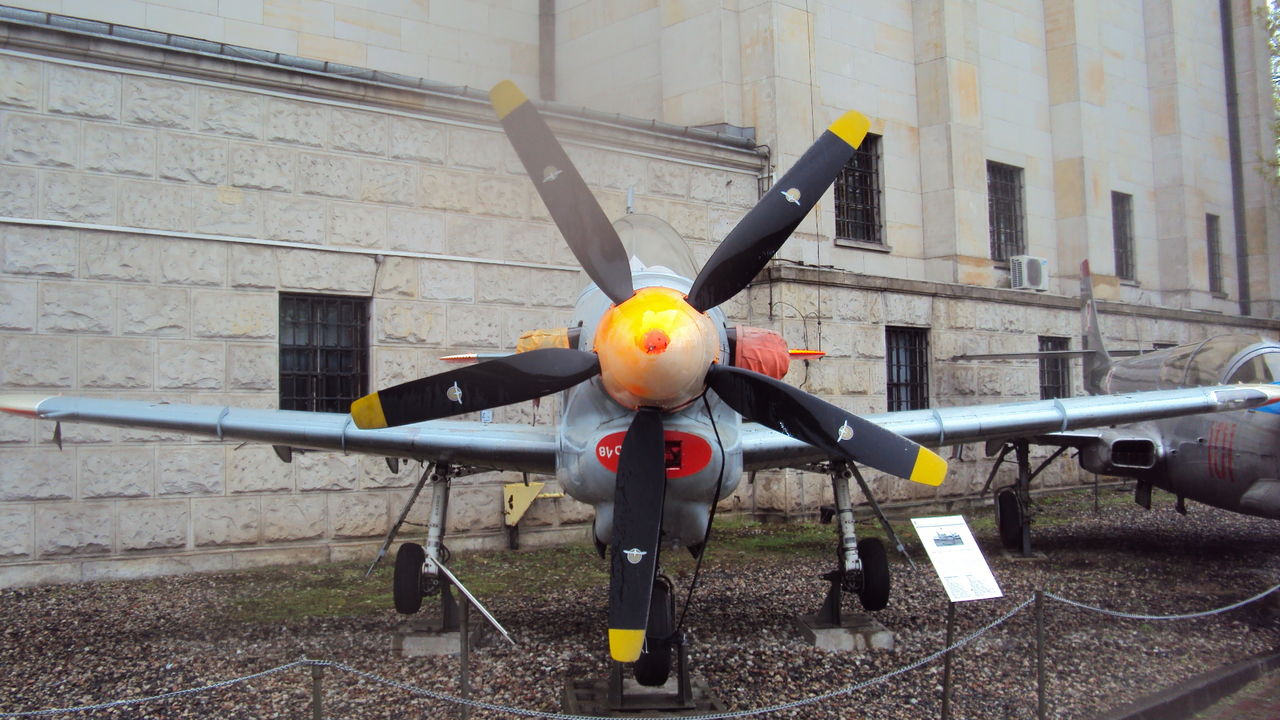

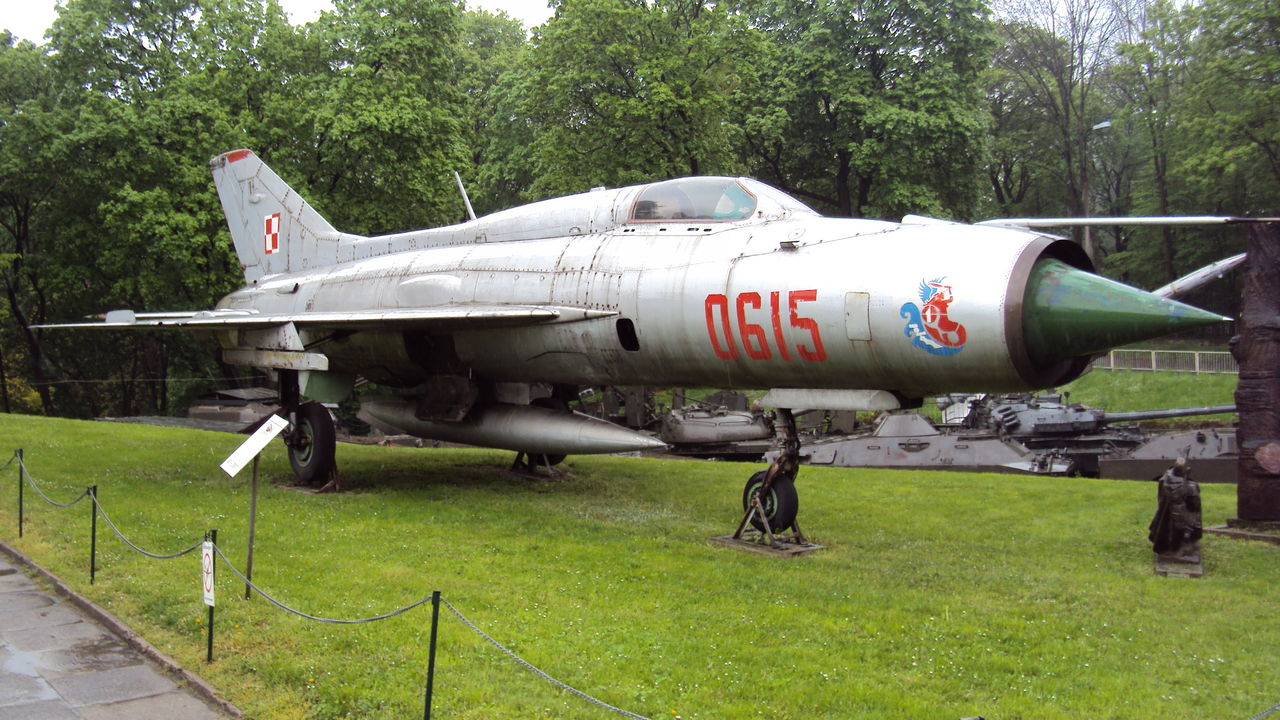
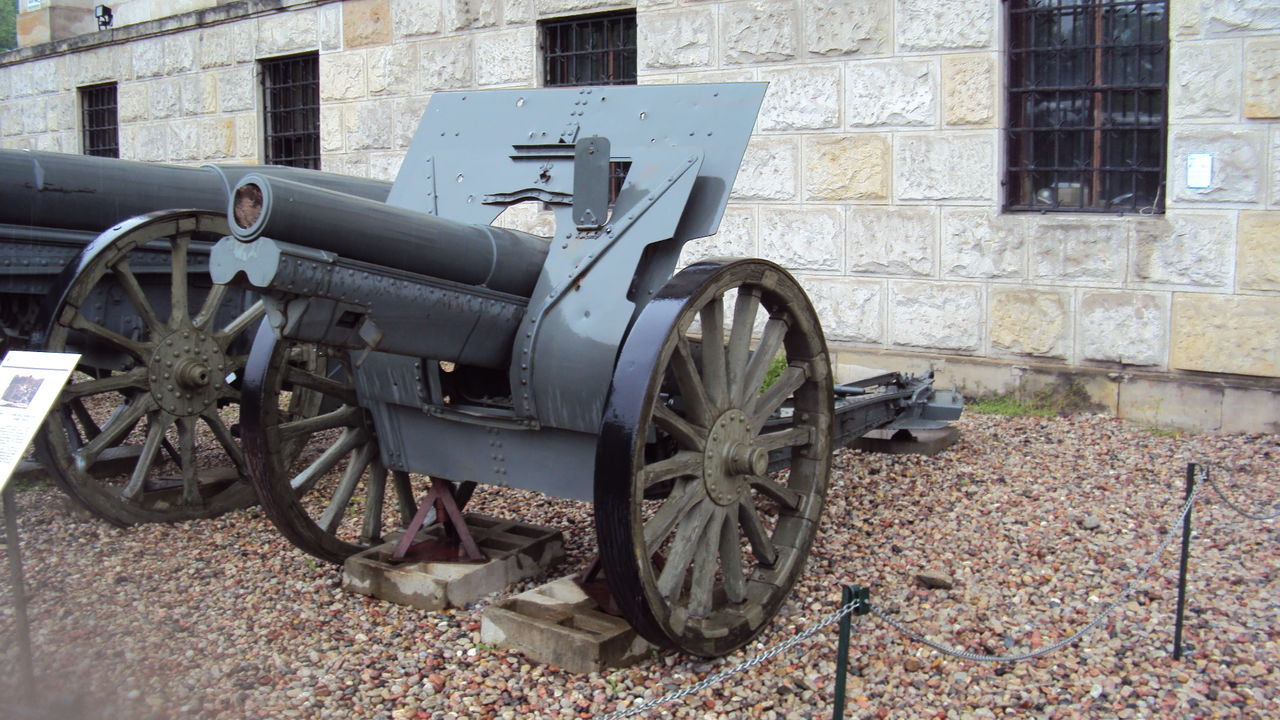
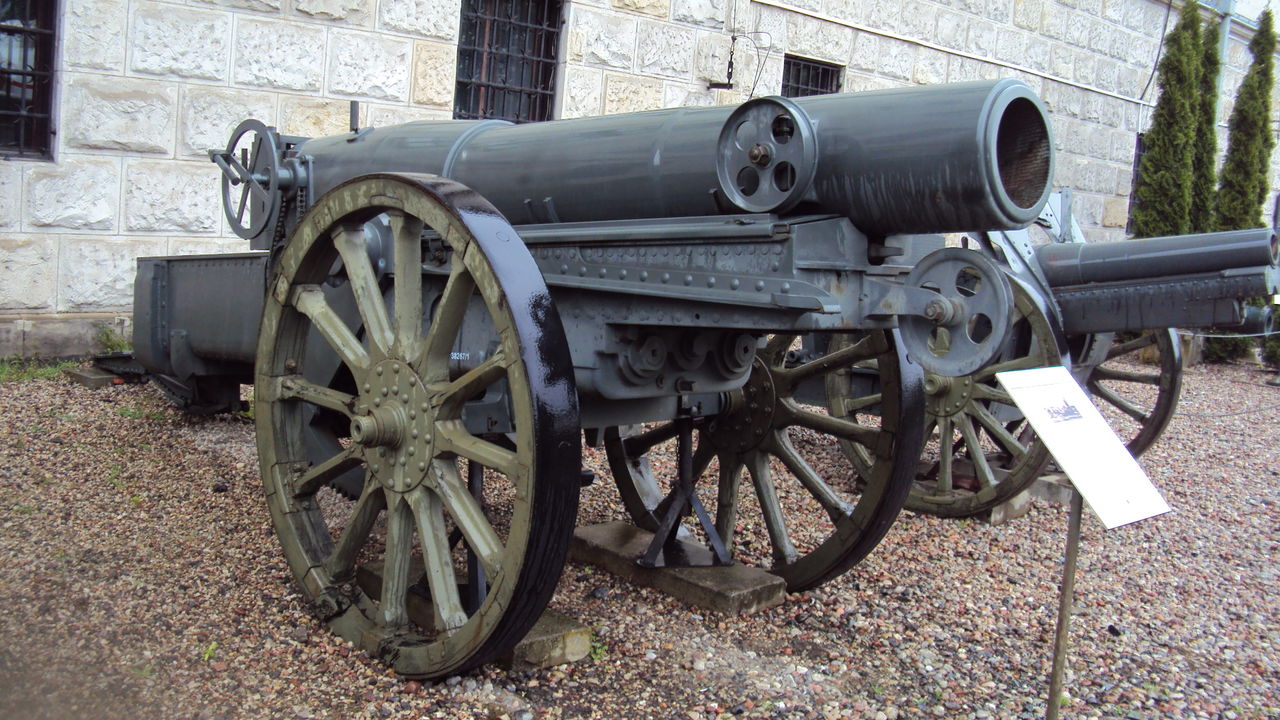
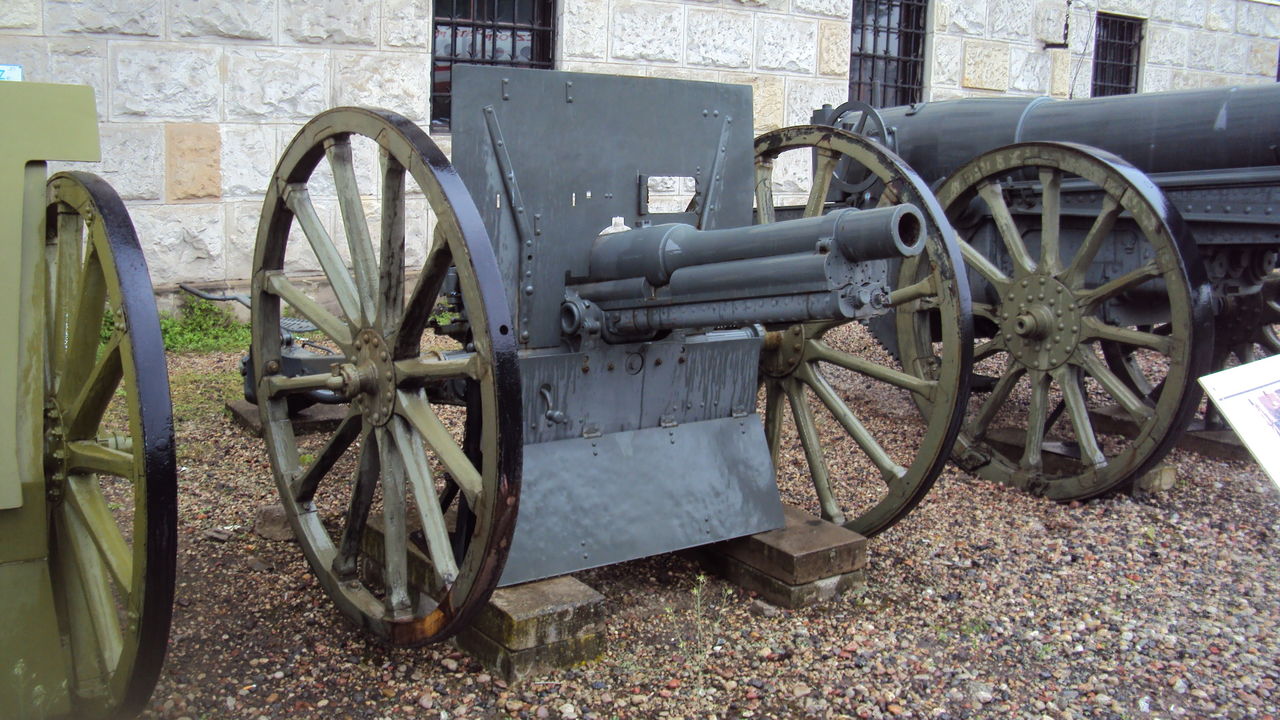
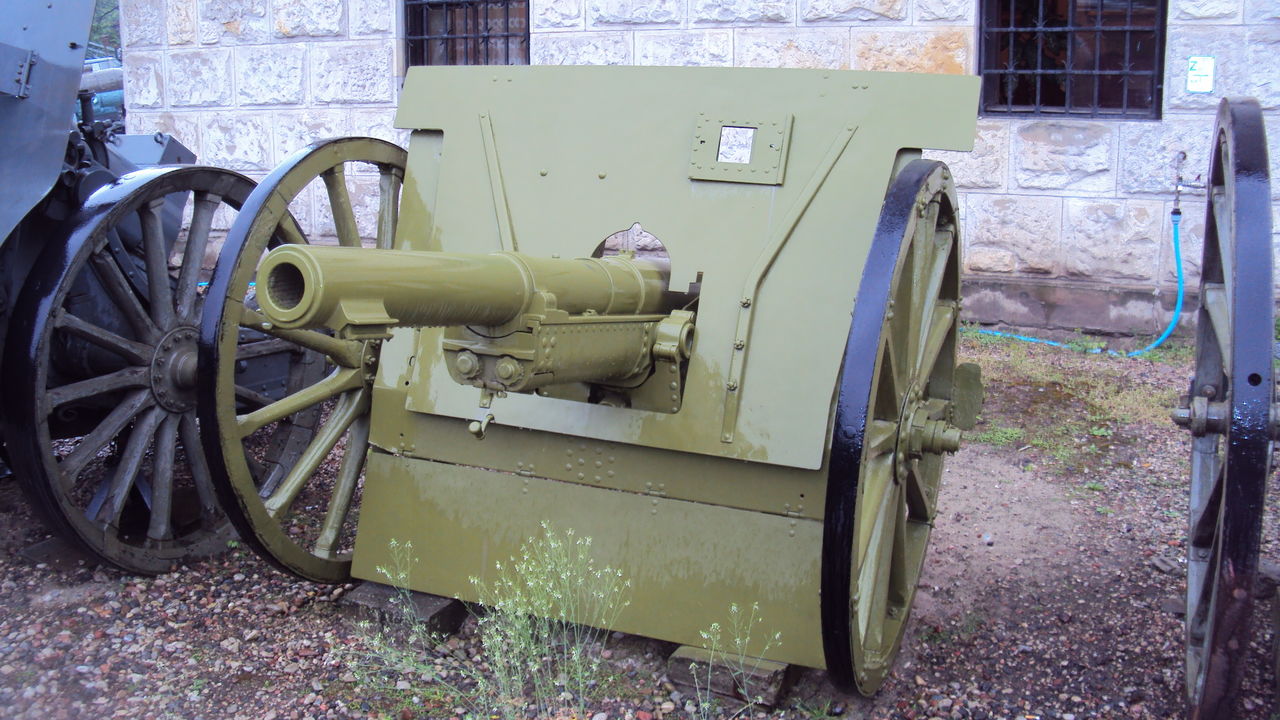
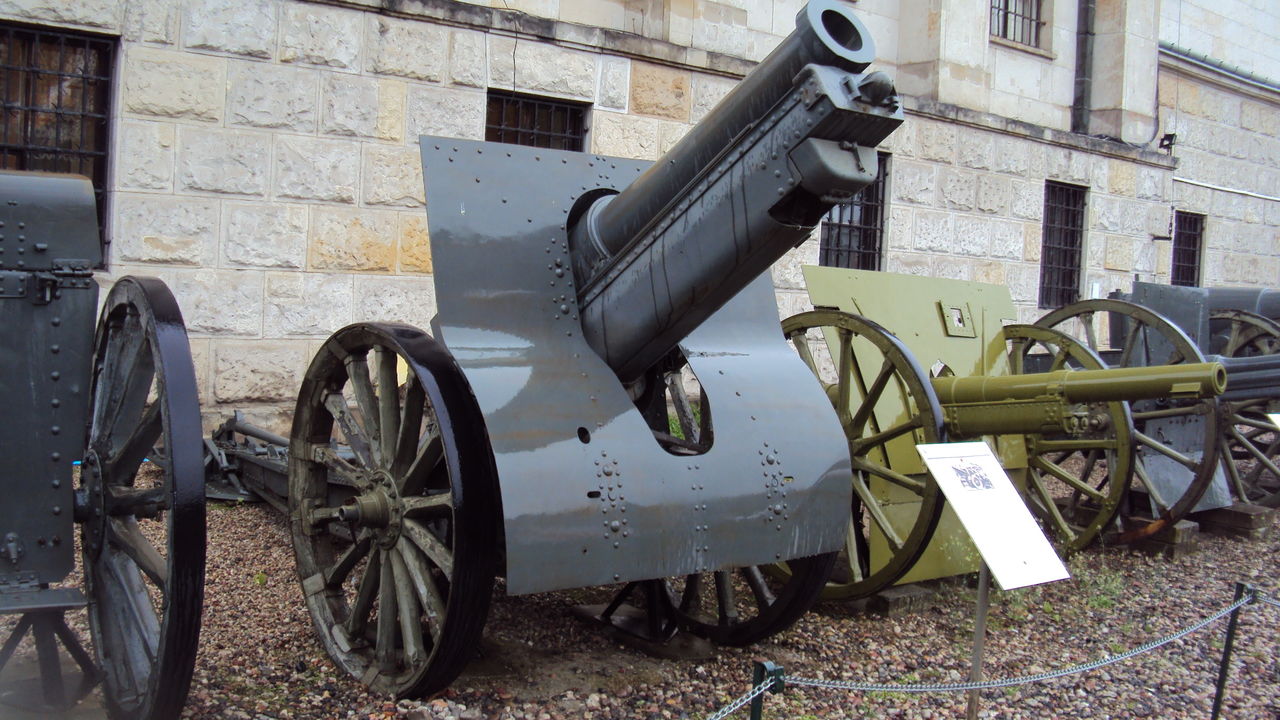

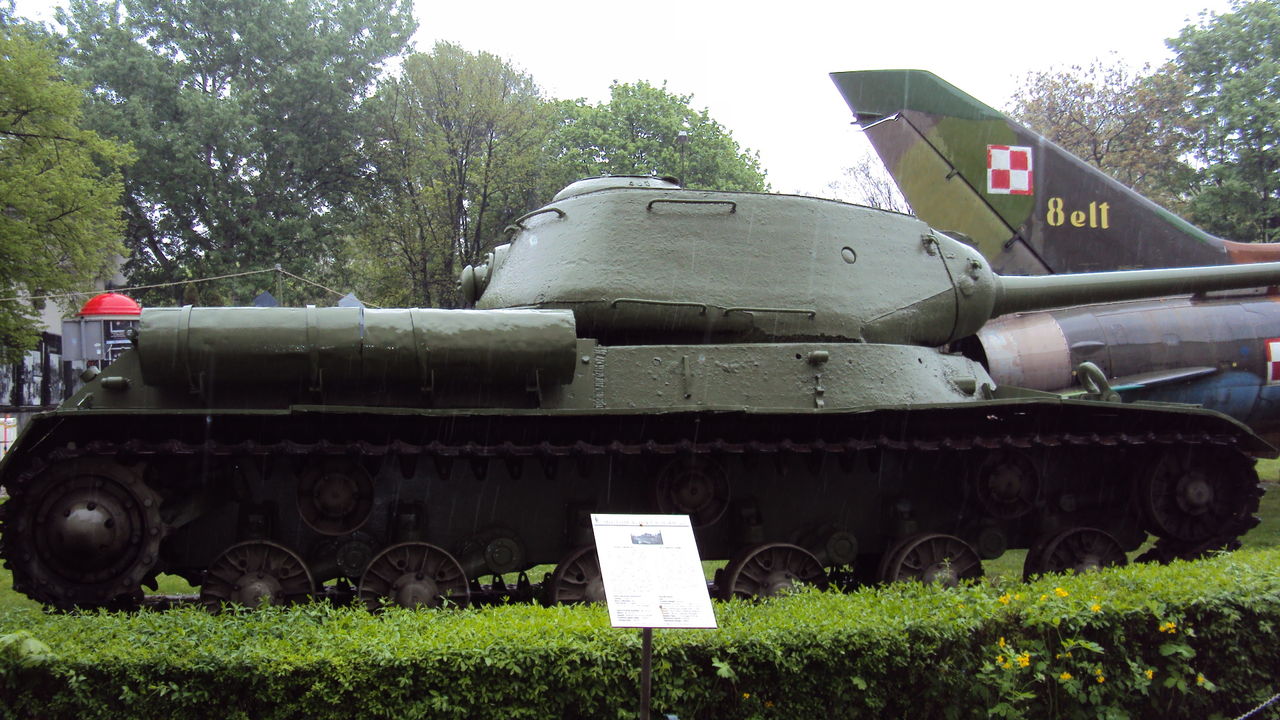
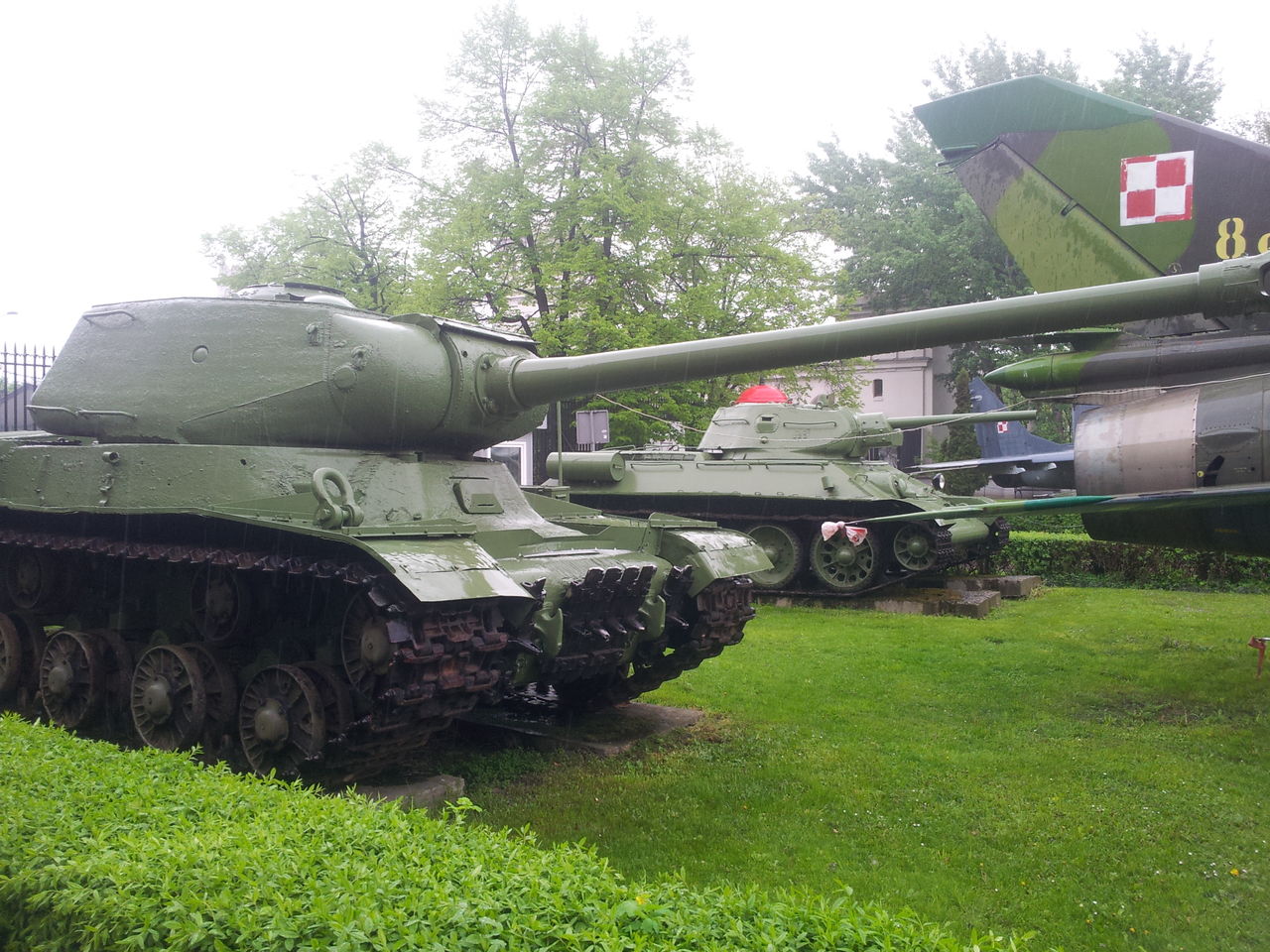
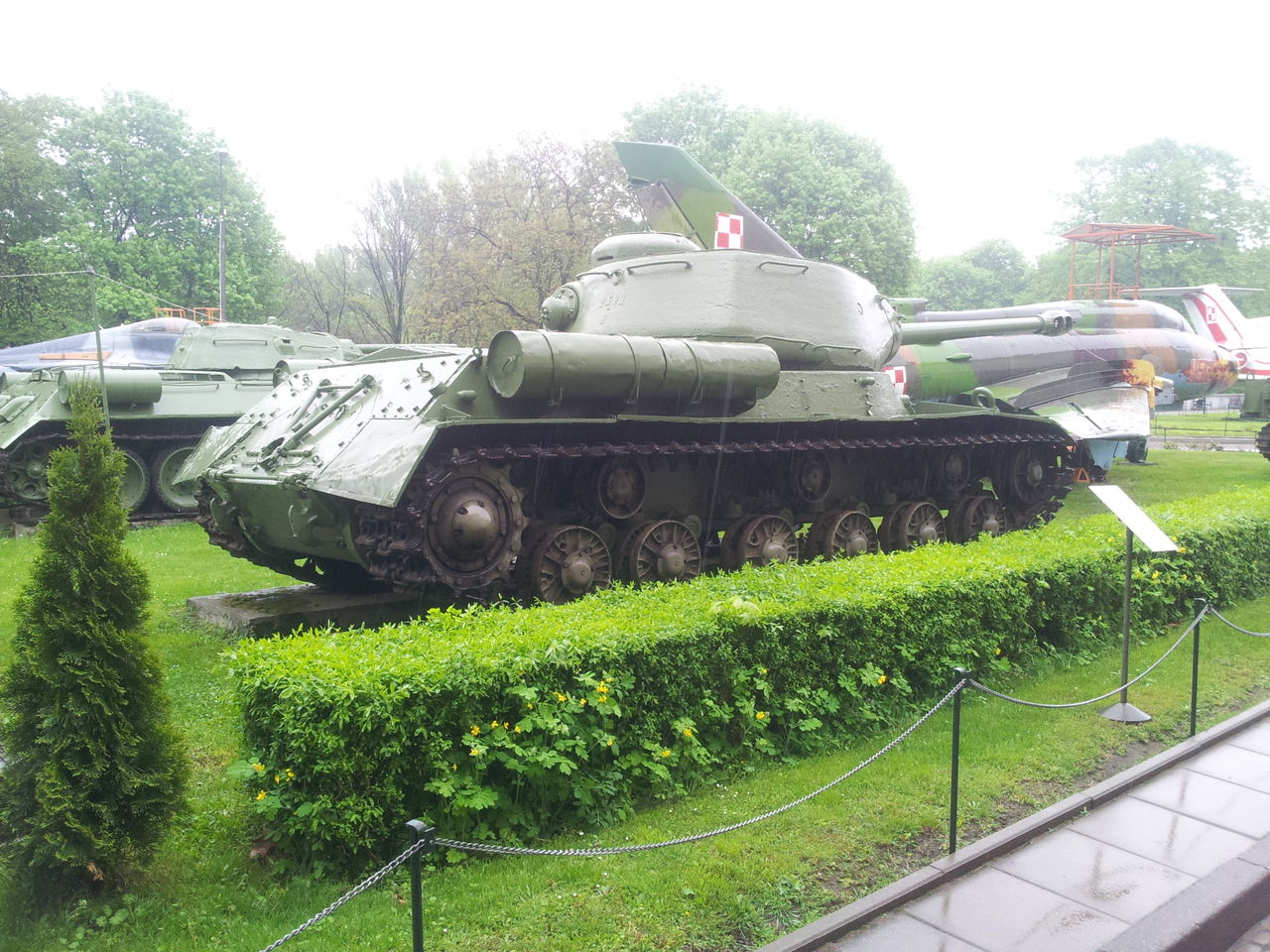
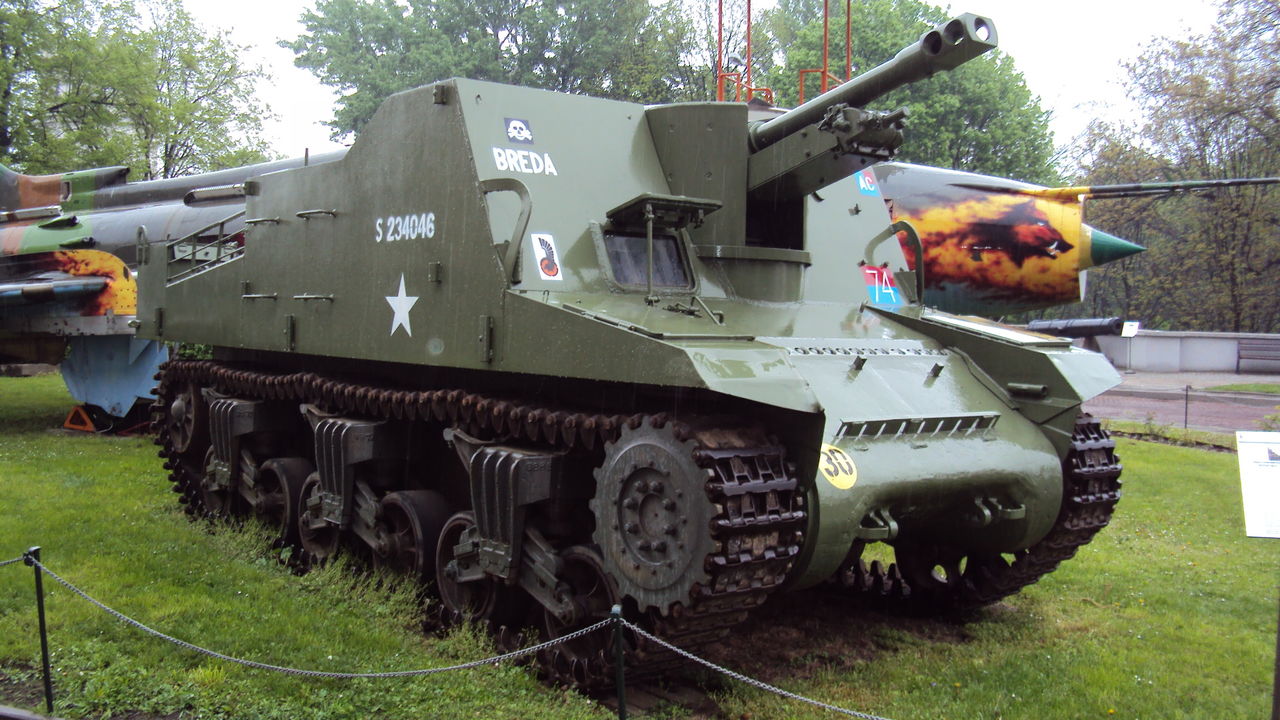
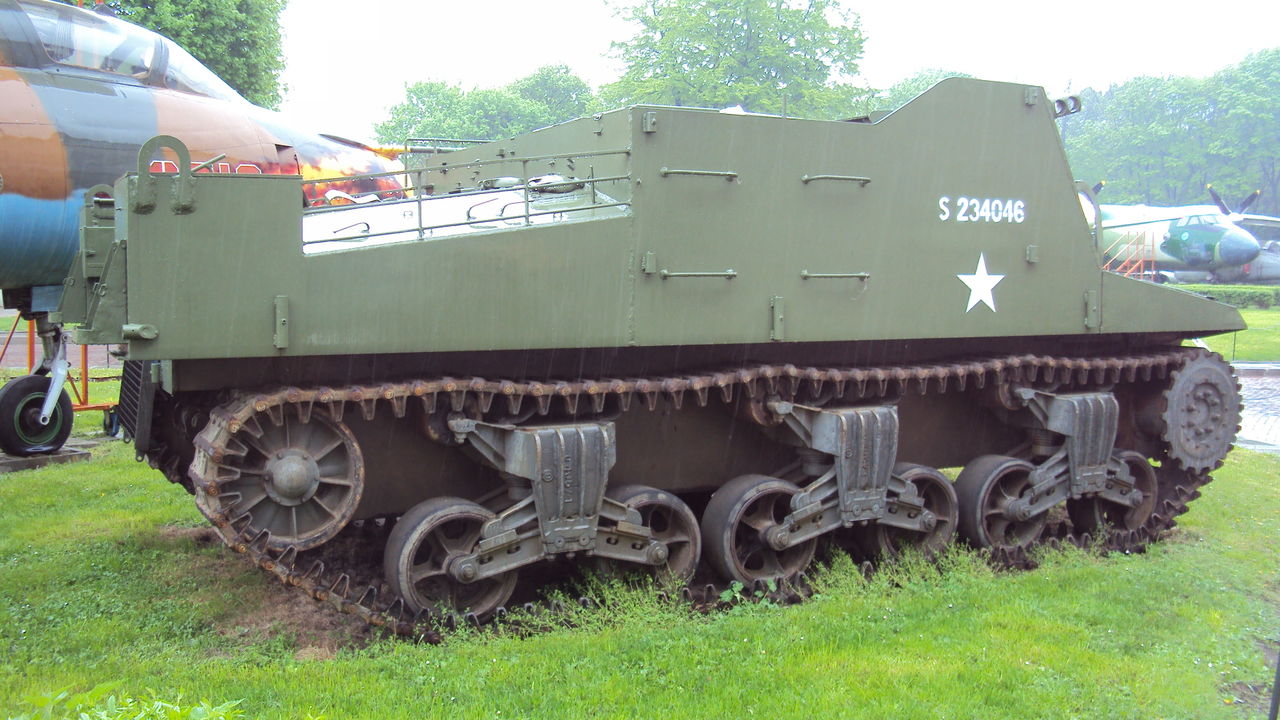

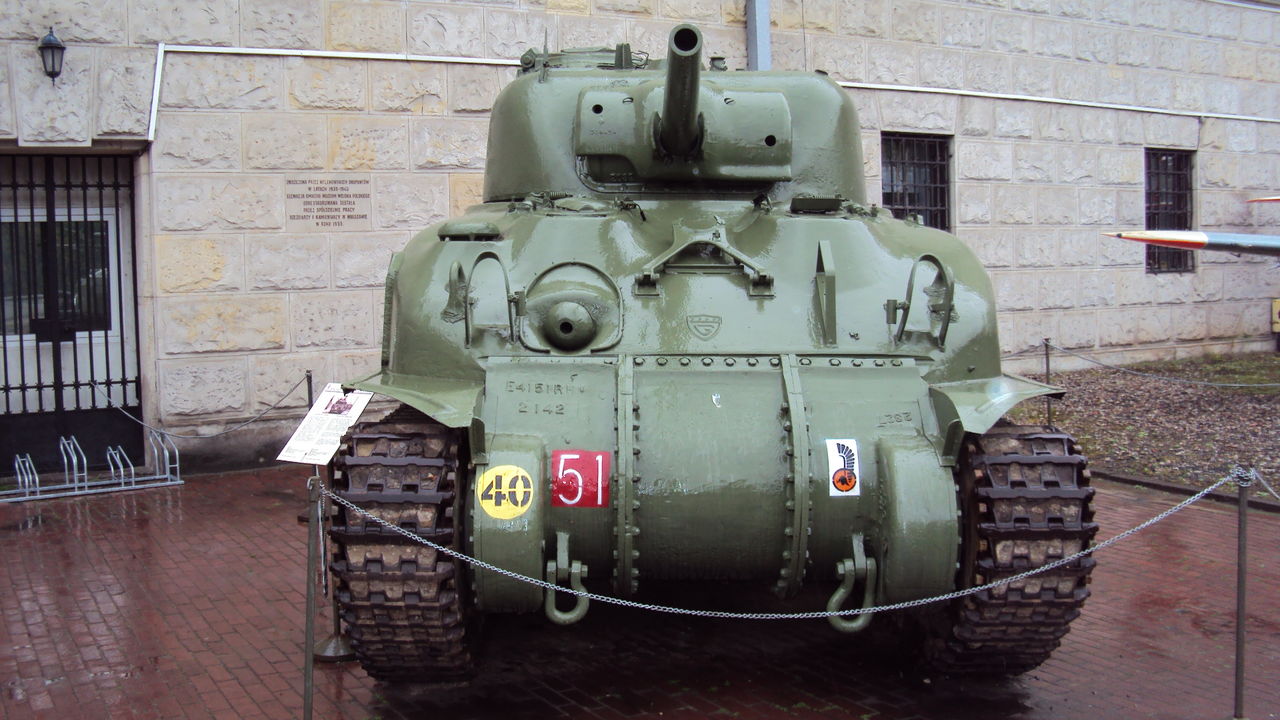
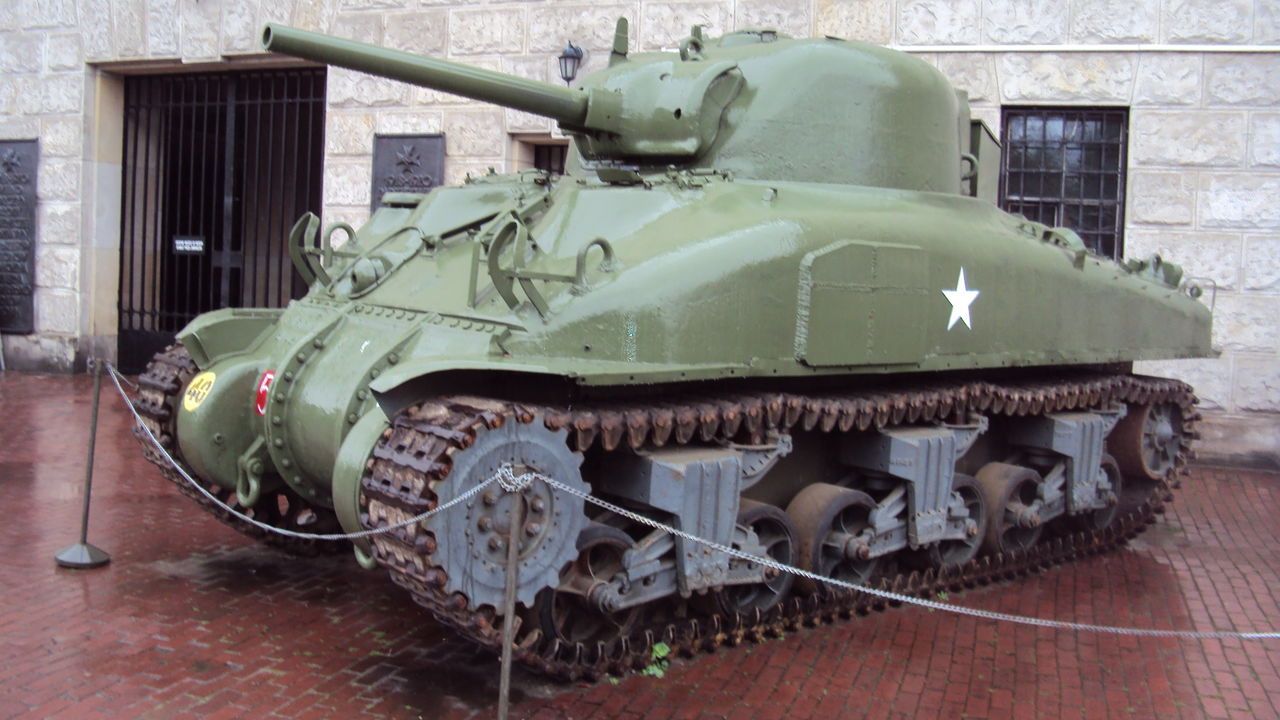

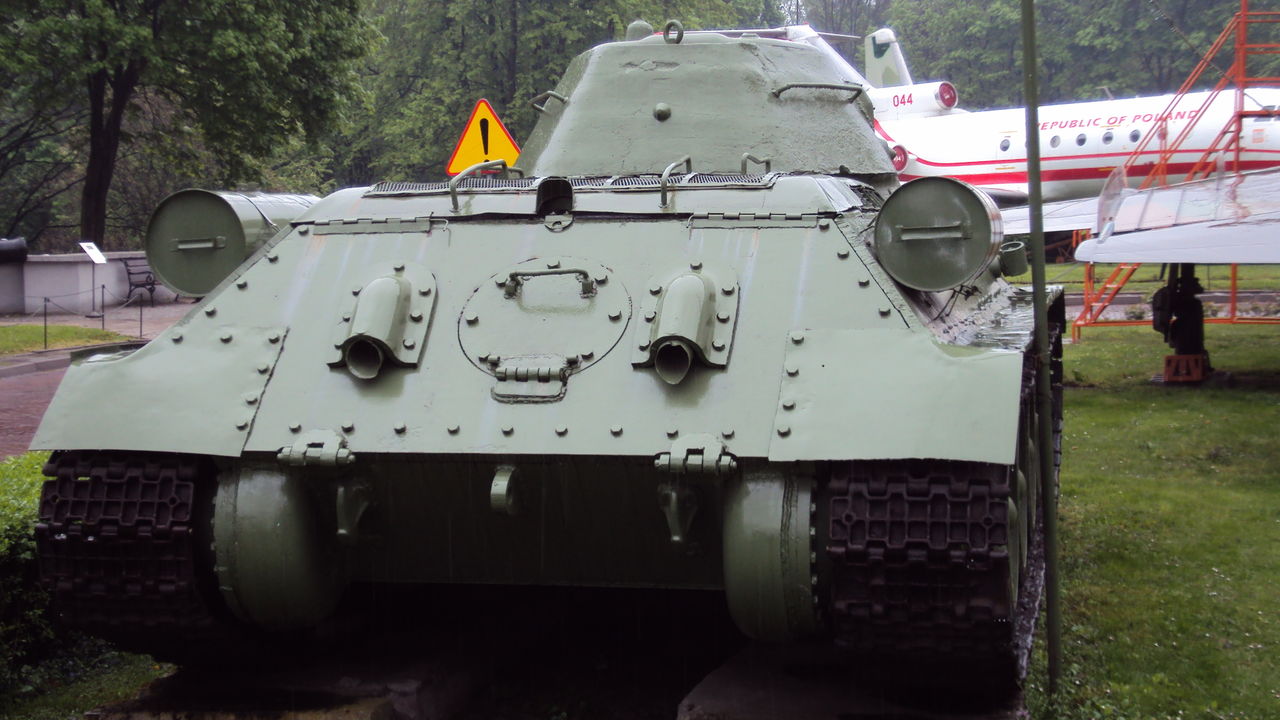
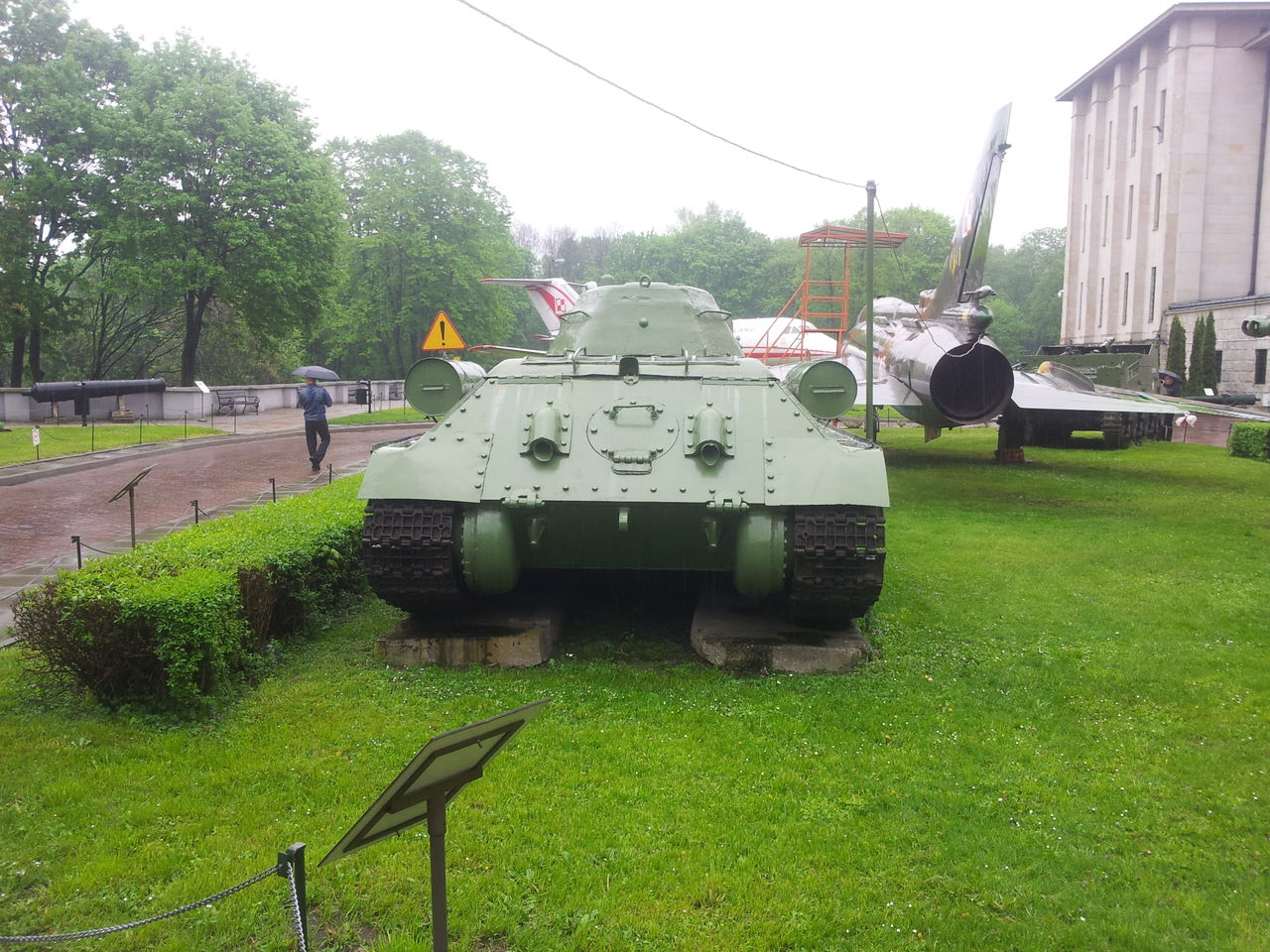
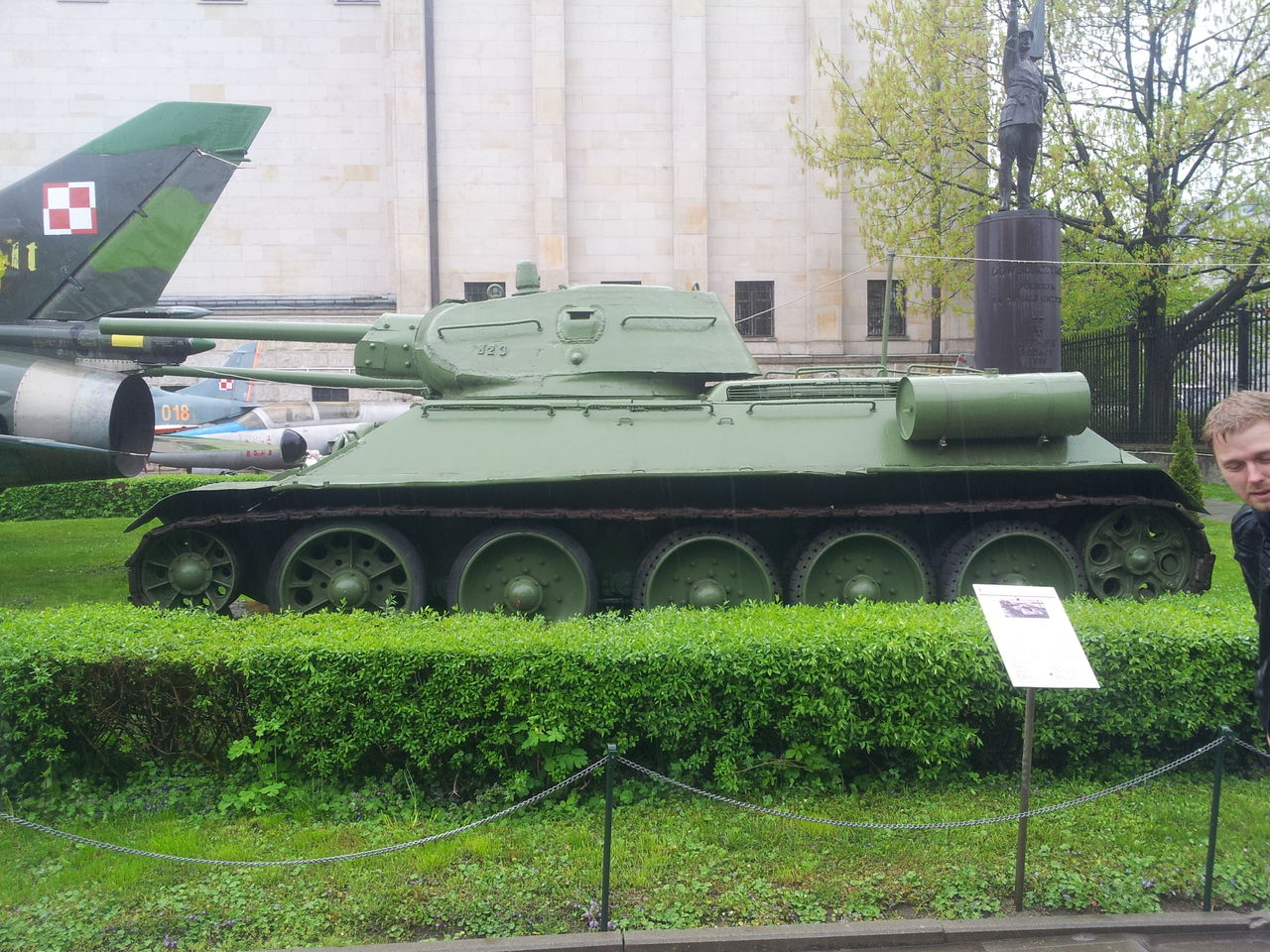
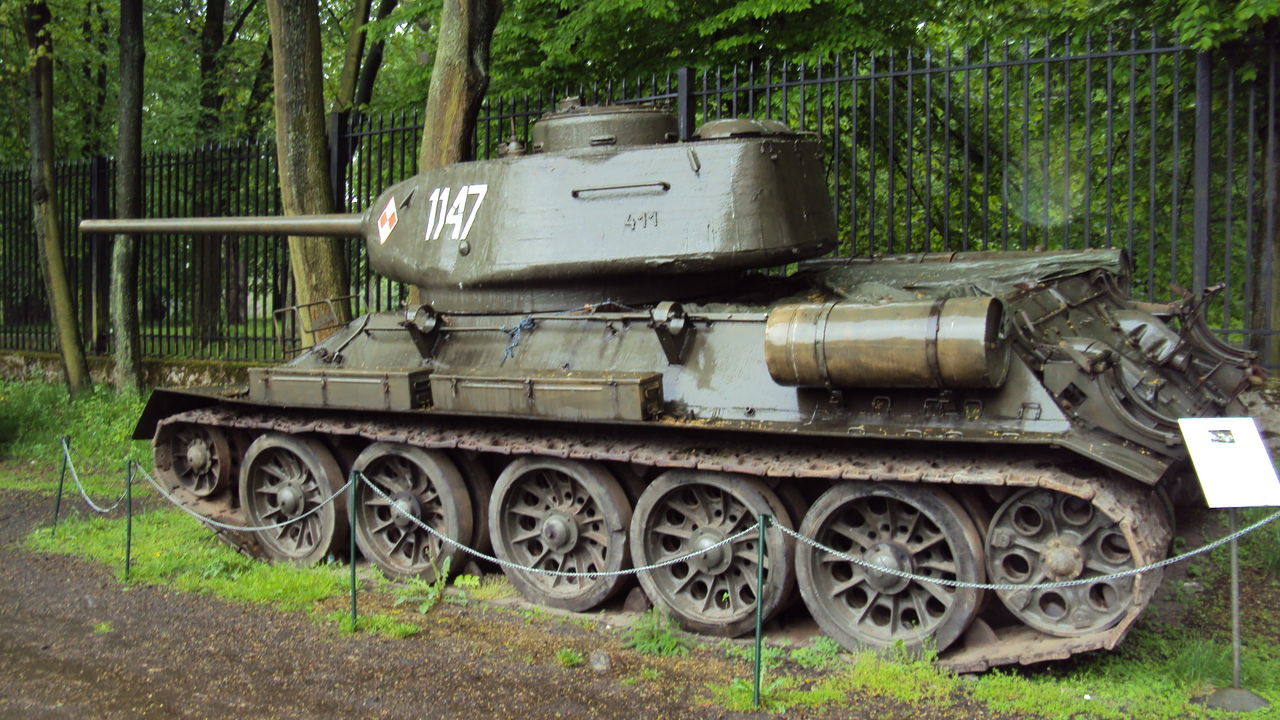
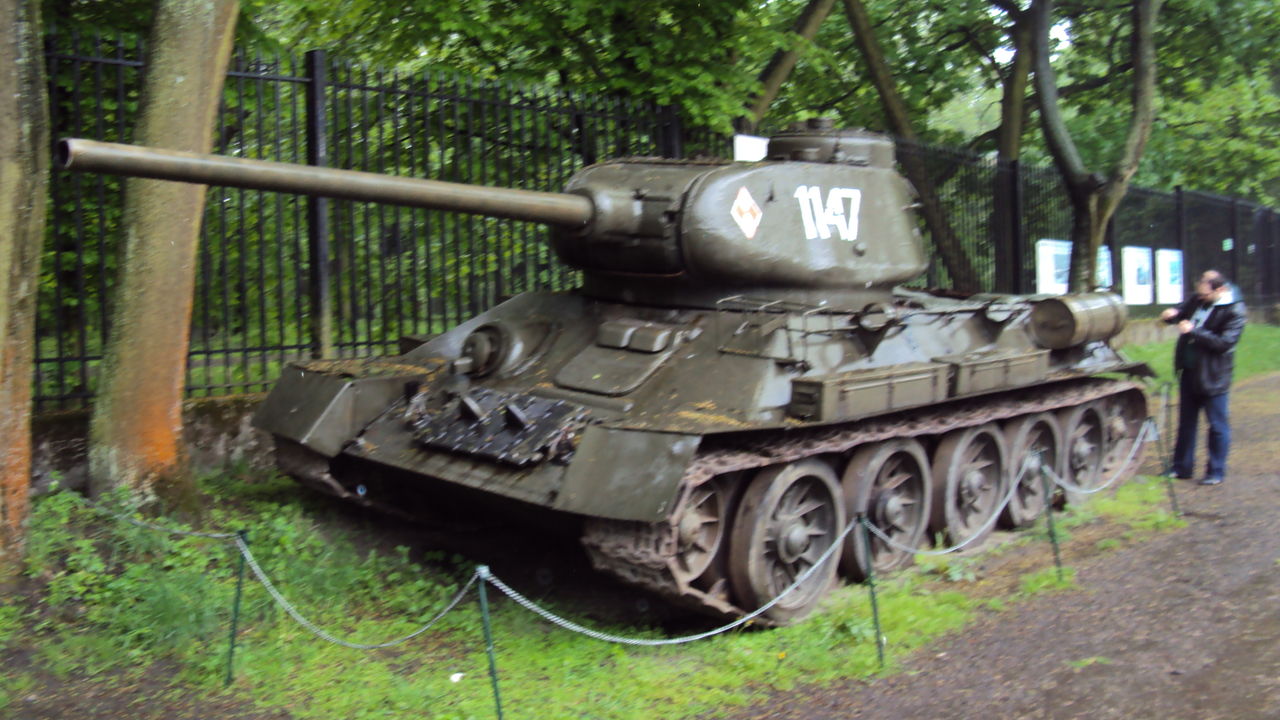
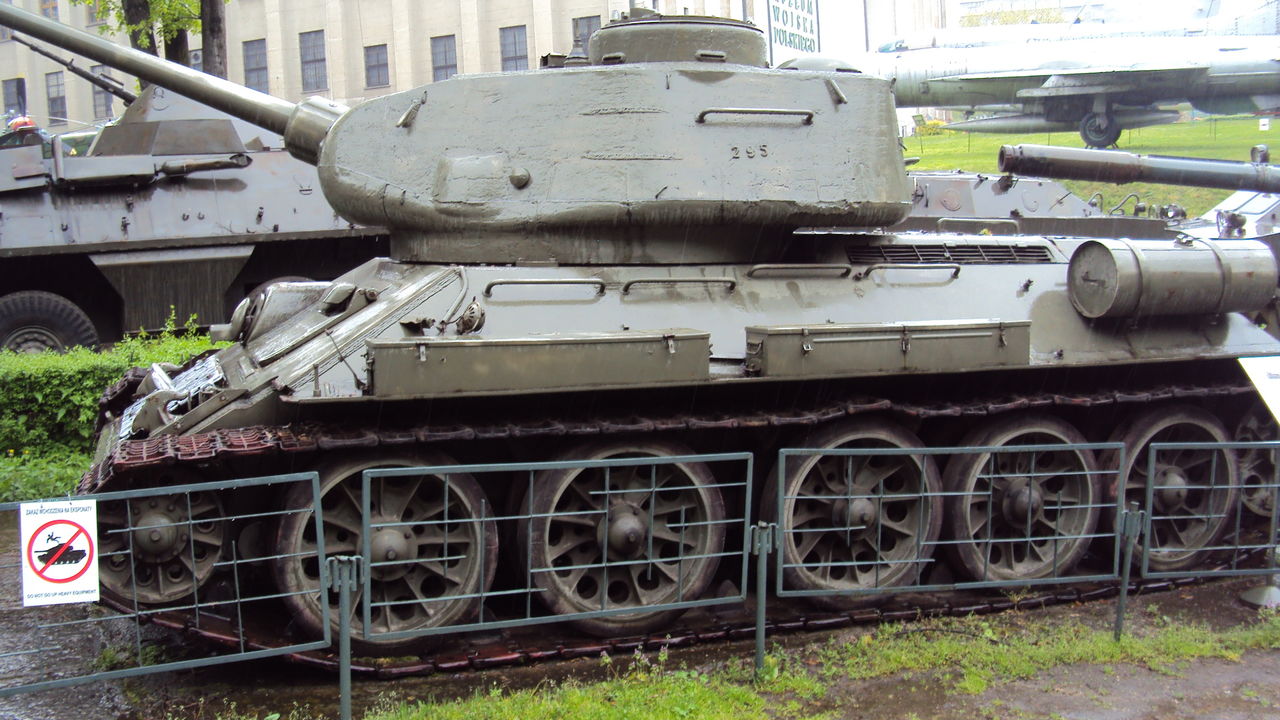
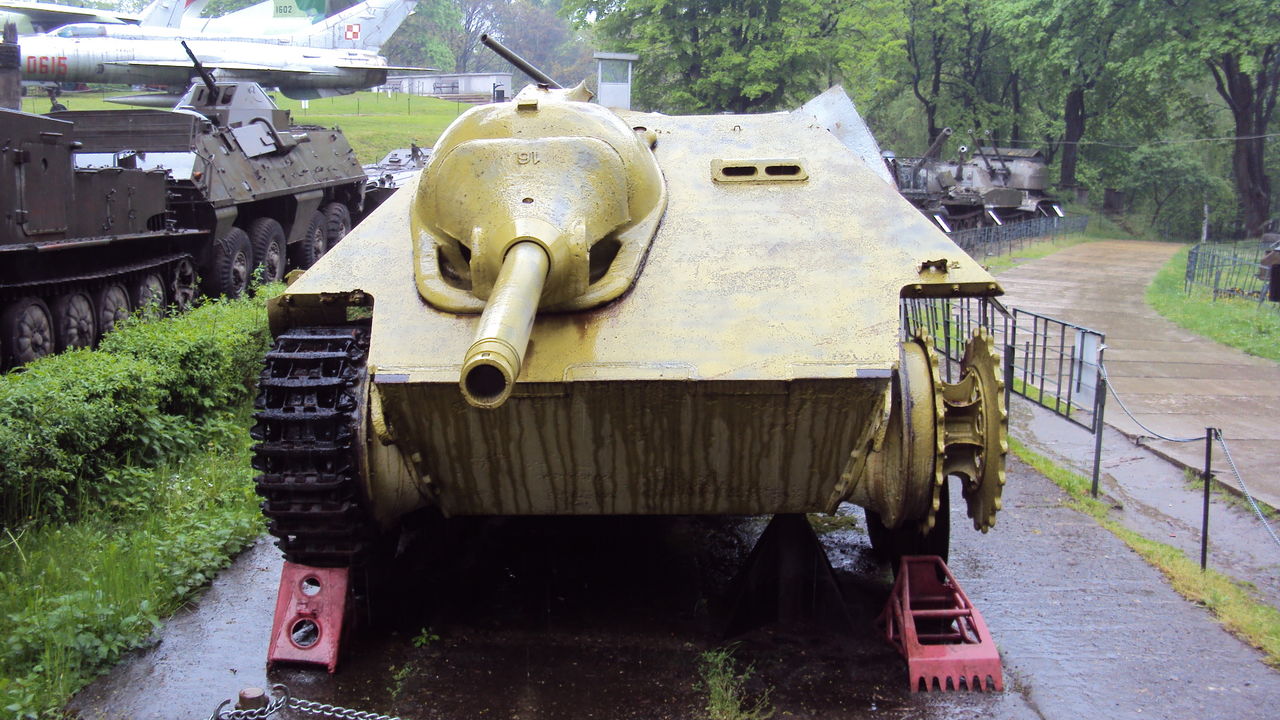

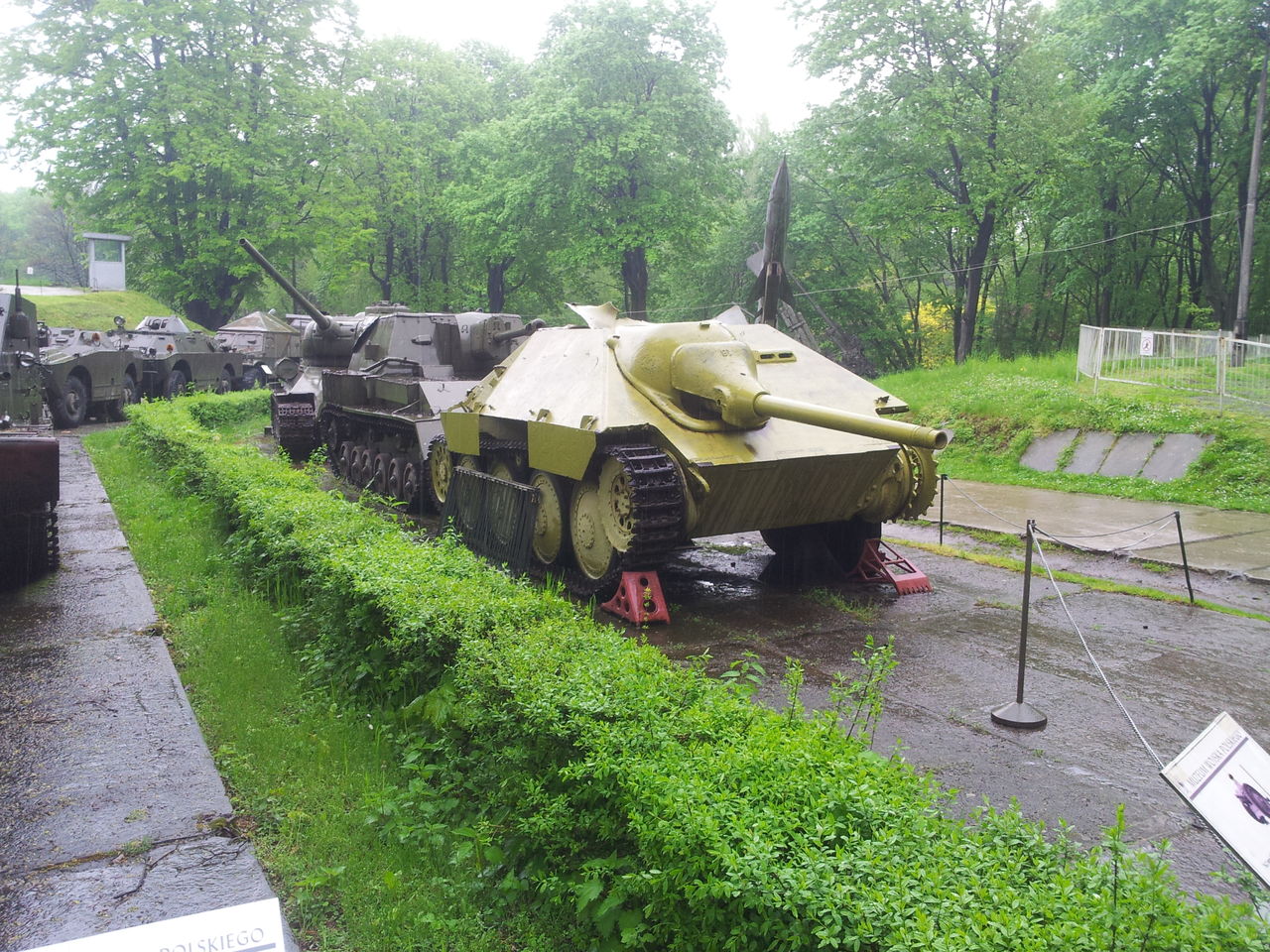
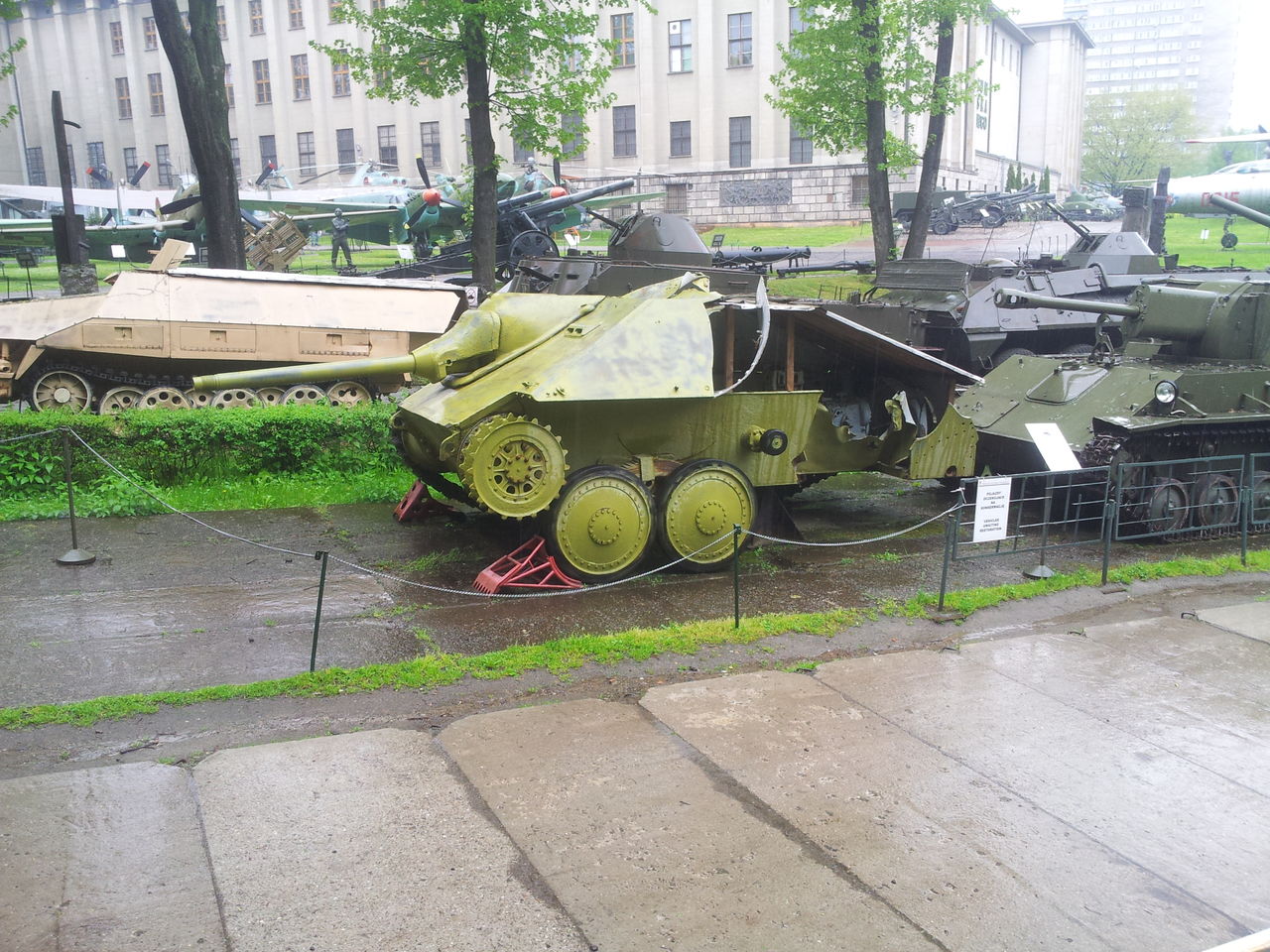
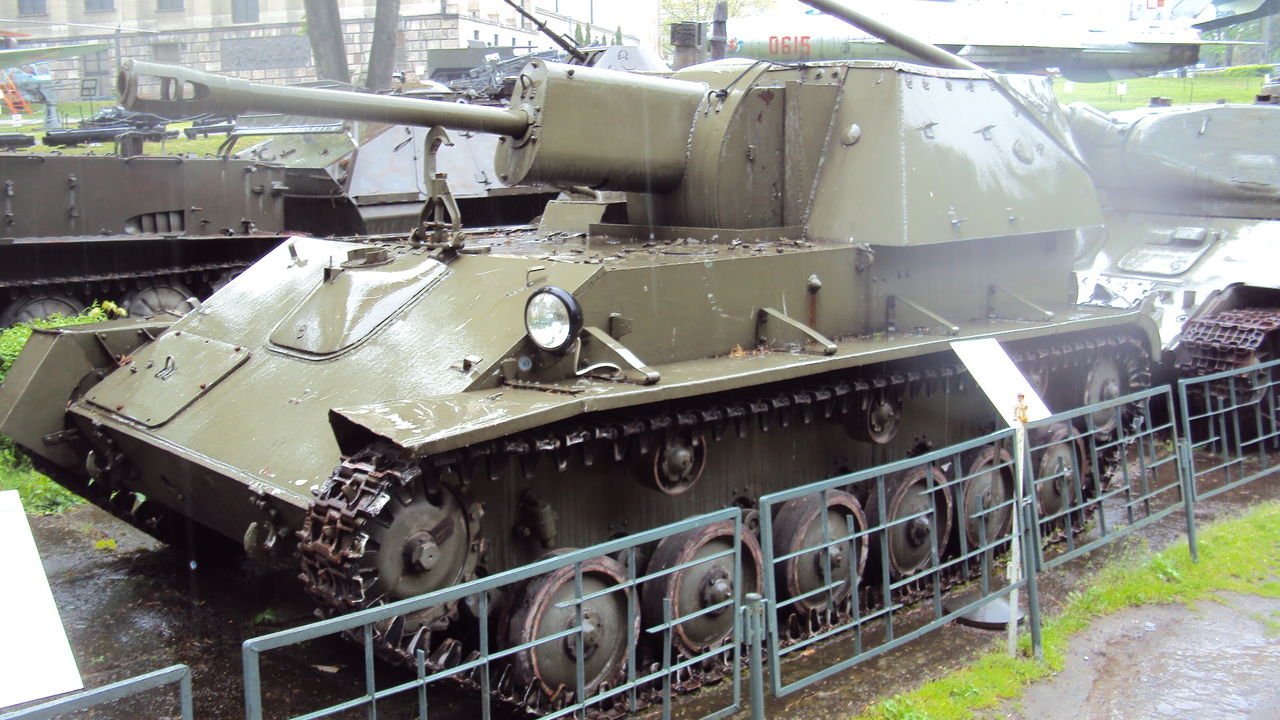
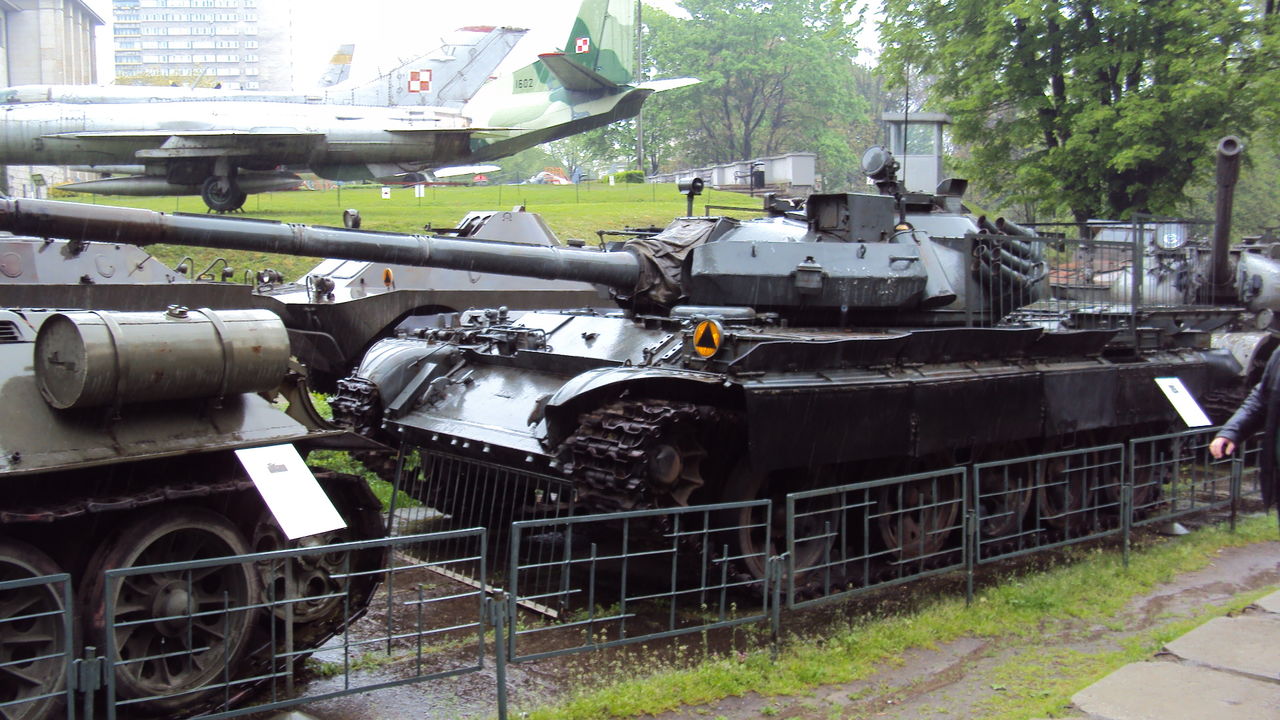
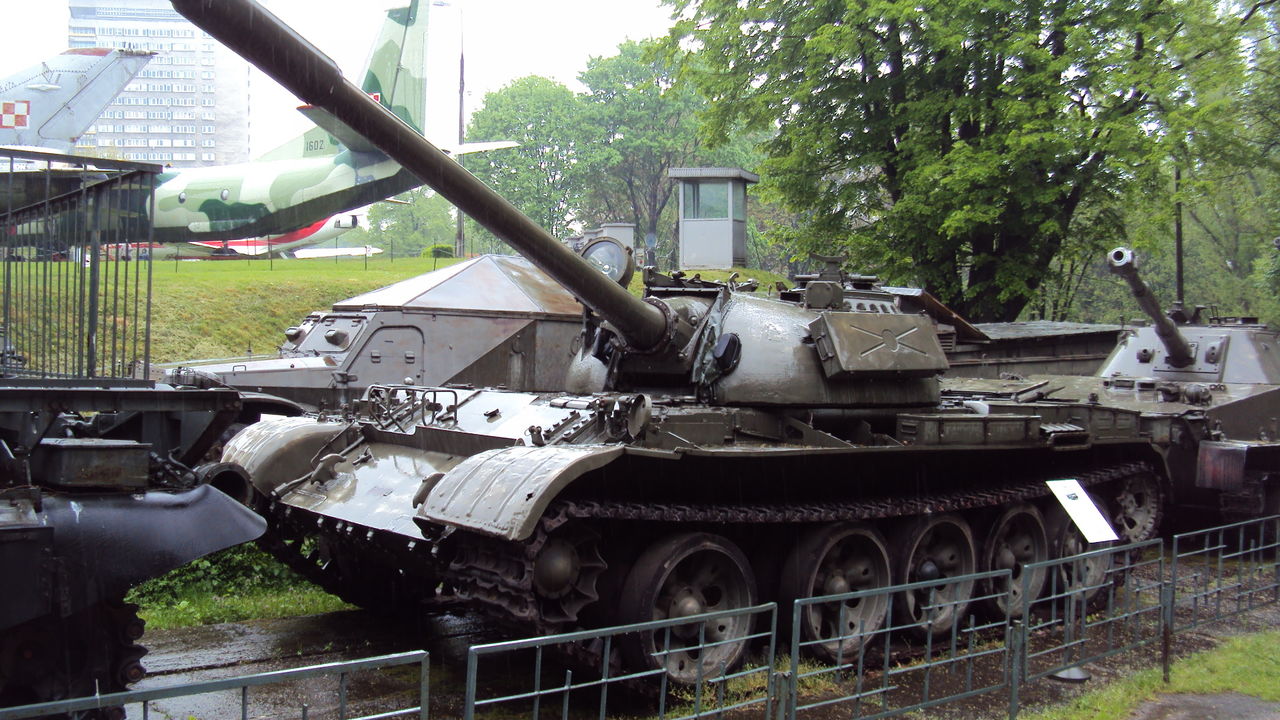
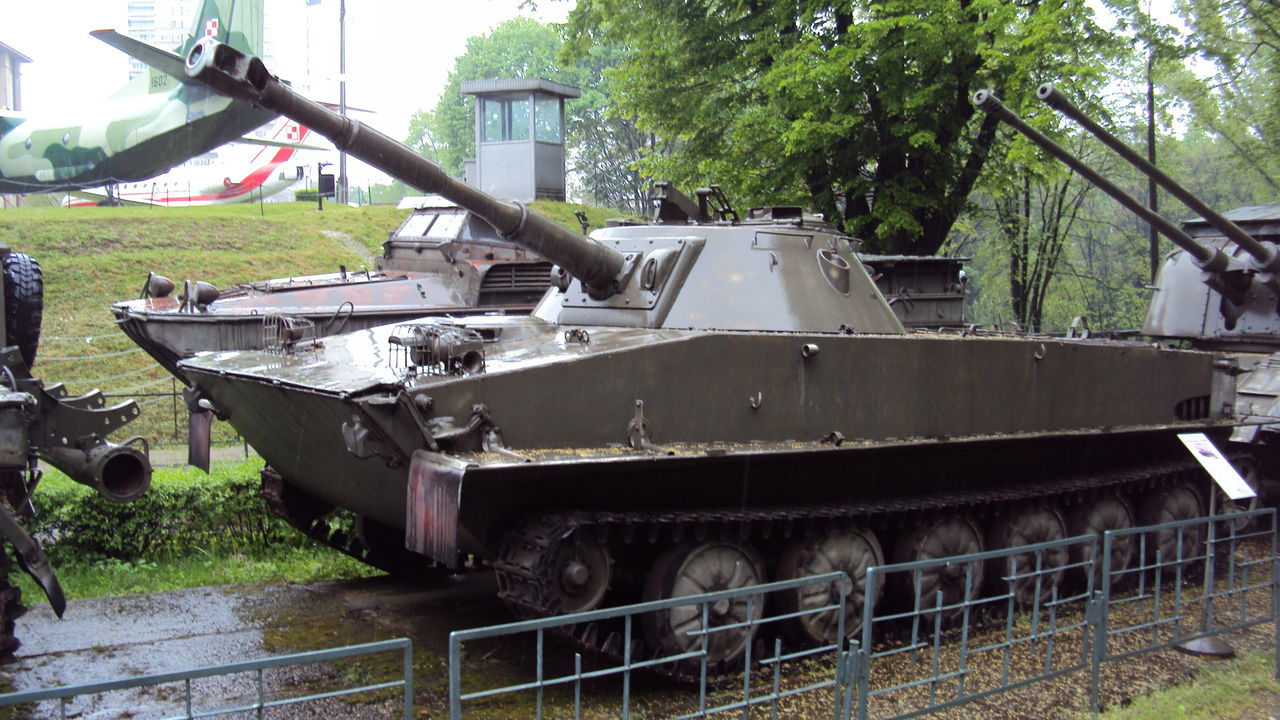
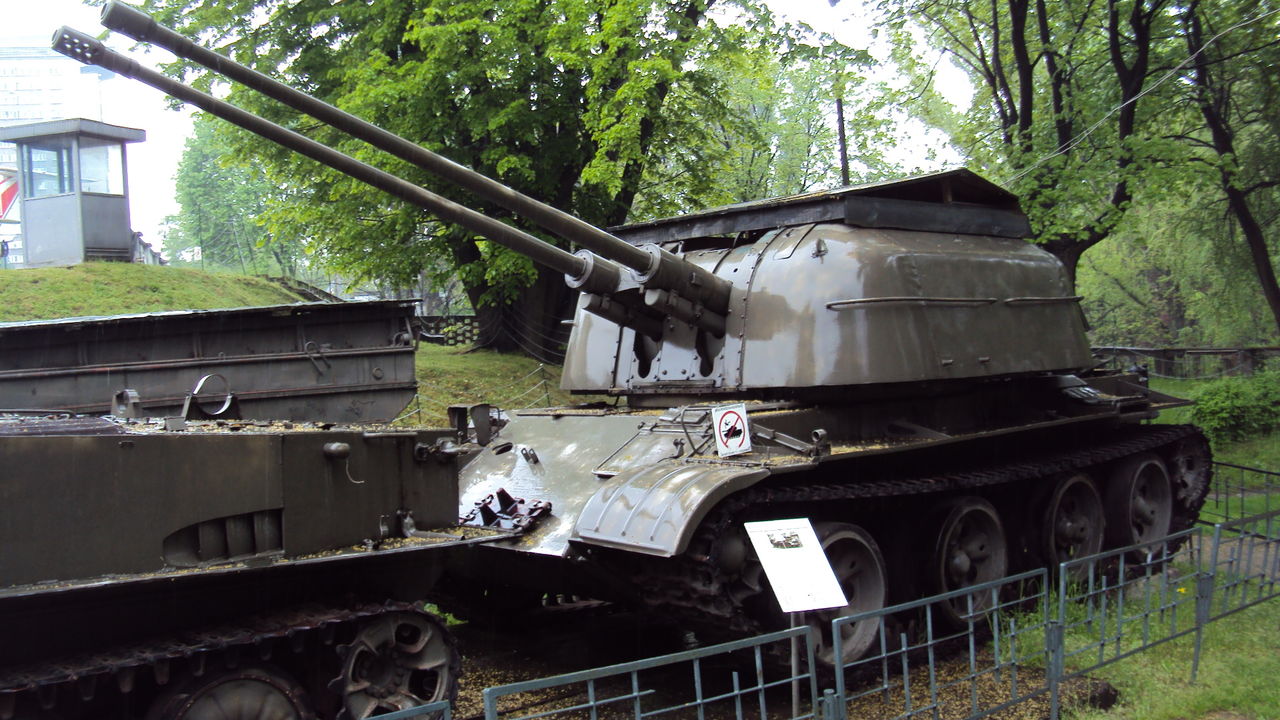
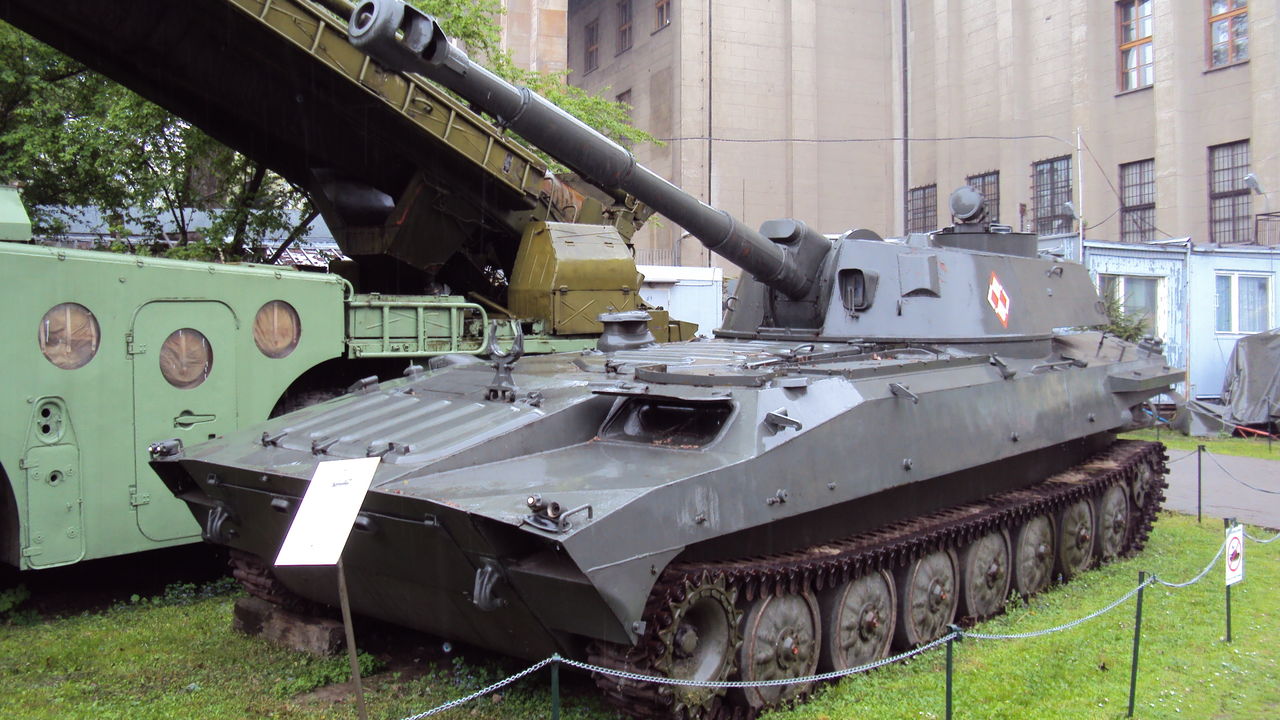
Nicely done.
SS, Goździk, not Gożdzik. We have 2 simillar letters – ż and ź. Ż = rz and ź ~ zi. Ż is “harder” z, ź is “softer”, zi is longer ź. We see the difference. But also we know: “Polska język, trudna język” (“Polish language, difficult language” with some mistakes ;) ).
Nonetheless very good job SS.
And some translations:
Bies – old word for devil, now we use word ‘diabeł’
Iskra – spark, glint
Orlik – young, small eagle
Goździk – gillyflower // ‘carnation ‘ is not a good word
It is not 251 howitzer but 2S1 howitzer, in Slovakia known as Gvozdika using improved D-30 gun
Awsome. Can anyone get pics of the T-72s? Those are amazing machines. Why im grinding for 140.
Informative, but… ‘Dat stronk writing skillz…. ;DDD
:-) None of the text is my writing, i transcripted the text from pictures i made of the exhibit infrormation plaquettes. I did not put much effort into proofreading. Some typos are mine, some of the original authors.
So many typo, but still nice :great:
Isn’t it 2S1?
ye it should be 2s1
Am I the only one who expected to see some pictures of horses ?
(joking)
There are some stuffed ones on the indoors exhibit.Ii was only interested in the machines outside.
(Not joking)
LOL , You made my day !
I loled at: “POland” which is a main political “joke” these days in Poland. Pleeeease don`t correct that! :D
It’s nice that some of my pictures were usefull :>
The WP museum is worth checking out, and the external exhibition is free :)
Ouch. Will fix.
I thought there was something off about the Hetzer, then I saw the gaping hole in the side in the next picture.
e.e
Arty oneshotted it ;)
Shouldn’t the frontal armor plate of the IS-2 be more sloped?
Yeah this one has the stepped font we have in-game.
This is model 1943, model 1944 has the sloped armor.
Please proofread this.
Designer was Tadeusz Sołtyk, not Sołtyka. Sołtyka is a lexical form of his name.
The information placks from the museum says otherwise, i really did not do any fact check. Correcting his name in my post, you are right.
The IS-2, correct me if im wrong, but isn’t that the IS-1 judging from the hull? Or does it depend on the turret and the gun or something…
Im pretty sure IS-1 and IS-85 are different names for the same tank, sporting 85mm gun.
One on the picture has 122mm hence its IS-2. IS-2 hulls differ – early models had this blocky front like we have in game IS while later ones had hull as seen in WoT’s Chinese heavy IS-2.
Also IS-1 were upgraded to the 122mm gun. I think they were practically identical to the first IS-2.
So it could be an upgraded IS-1 or an IS-2 model 1943.
I really enjoy photos from museum keep up a good work :)
yeah me too, thanks for posting!
Nice article, thanks!
Great job, SS
How bad they moved T-34-85 that used to be next to M4 Sherman. It was really easy to compare both legendary tanks.